Table of Contents
What is a 65% Keyboard?
A 65% keyboard is a compact layout that retains about 65% of the keys found on a full-sized keyboard. It removes the numeric keypad, the top row of function keys (F1–F12), and some navigation keys like Home and End. However, it keeps the arrow keys and a few essential navigation keys, offering a balance between space-saving design and usability.

How many keys are in the 65% keyboard?
Generally, 65% keyboards have 66 to 68 keys, depending on the specific layout and manufacturer.
What keys are missing on a 65 keyboard?
Function Row (F1–F12): Can be accessed via a Fn key combination (e.g., Fn + number keys).
Numpad: No dedicated section for numeric input on the right.
Extra Navigation/Editing Keys: Some or all of these may be missing or combined into layers:
- Insert
- Home
- End
- Page Up / Page Down
- Print Screen
- Pause / Break
- Scroll Lock
| Component | Included? | Approximate Keys |
| Alphanumeric (A–Z, 0–9) | Yes | ~47 |
| Modifier keys (Shift, Ctrl) | Yes | ~10 |
| Arrow keys | Yes | 4 |
| Navigation keys (Del, PgUp) | Usually | 2–4 |
| Function row (F1–F12) | No | 0 |
| Numpad | No | 0 |
| Alphanumeric (A–Z, 0–10) | Yes | ~27 |
A 65% keyboard keeps the keys you use most frequently (typing + arrows) while removing those you use occasionally, offering a compact and efficient layout with minimal compromise.
Pros of 65% Keyboard
1. Save Space, Keep Your Desk Tidy
A 65% keyboard is about 30% smaller than a full-sized keyboard. It removes the number pad and some function keys, making it ideal for users with limited desk space or those who need extra room for mouse movement. It’s also lightweight and easy to carry—perfect for pairing with laptops or working on the go.
2. More Practical than 60% — Keeps the Arrow Keys
Unlike 60% keyboards, which require key combos (like Fn + WASD) to simulate arrow keys, the 65% layout retains dedicated arrow keys for faster and more intuitive use. This makes it especially efficient for tasks like coding or working in Excel.
Some models even keep handy editing keys like Delete and Page Up/Down.
3. Less Finger Travel, Higher Typing Efficiency
The compact layout shortens the distance your fingers need to move, making long typing sessions more comfortable—especially for programmers and writers.
Function keys (like F1–F12) are accessed via Fn + number keys, and once you're used to it, the workflow becomes smooth and efficient.
4. Aesthetic and Customizable
The clean layout leaves room for more customization. Whether you're replacing keycaps with PBT sets or adding wrist rests, 65% keyboards are highly adaptable.
With no extra keys cluttering the design, they offer a sleek, minimalist look that fits modern setups.
5. Versatile for Different Scenarios
- For Office/Programming: Includes arrow and essential editing keys—more convenient than 60%.
- For Gaming: The compact size gives your mouse more space, reducing arm strain during long sessions.
- For Typing/Writing: Minimizes finger fatigue, ideal for long hours of input.

Cons of 65% Keyboard
1. Limited Number Input
One major drawback is the lack of a dedicated numeric keypad. This can be inconvenient for those who frequently input numbers, such as accountants, data analysts, or anyone working with spreadsheets.
While you can use the number row at the top of the keyboard or connect an external numpad via USB or Bluetooth, neither option is as efficient as having a built-in numpad.
2. Function Keys Require Combos
Another limitation is the absence of dedicated function keys (F1–F12). On a 65% keyboard, these keys are typically accessed by holding down the Fn key and pressing a number key (e.g., Fn + 1 for F1).
This can be frustrating for gamers who use function keys for quick saves or commands, and for professionals who rely on software shortcuts in programs like Excel or Photoshop.
Some keyboards offer firmware like VIA or QMK that allow for remapping, but that requires extra setup.
3. Missing Navigation Keys
Many 65% layouts also omit navigation keys like Home, End, Insert, and Print Screen. These are useful for programmers and writers who frequently jump to the start or end of lines, or for selecting large blocks of text.
Their absence means more reliance on key combinations, which can slow down your workflow.
4. Layout Differences Across Brands
The layout of 65% keyboards can vary slightly between brands, particularly in the placement of keys like Delete or Page Up/Down. This means there's a bit of a learning curve when switching from a full-size or TKL keyboard.
The compact arrangement of the arrow keys may also increase the likelihood of accidental key presses until you adjust.
5. Not for Every Use Case
Overall, while 65% keyboards are great for saving space and improving portability, they may not be suitable for everyone. Users who rely heavily on number entry, function keys, or a full navigation cluster may find these keyboards limiting, especially in professional or specialized workflows.
65% keyboard vs 60% Keyboard

Layout & Size Comparison
| Feature | 65% Keyboard | 60% Keyboard |
| Key Count | ~66–68 keys | ~61 keys |
| Arrow Keys | Yes | No (requires Fn layer) |
| Navigation Keys | Some (e.g., Delete, Page Up) | None (accessed via Fn layer) |
| Function Row (F1–F12) | No (use Fn layer) | No (use Fn layer) |
| Size | Slightly larger | Slightly smaller |
| Ease of Use | Easier for general users | Steeper learning curve |
| Layout Familiarity | More intuitive with arrows | Less intuitive for beginners |
| Customization | High | Very high |
| Portability | Very portable | Ultra portable |
Main Key Difference:
1. Arrow Keys
- 60%: No dedicated arrows (must use a Fn layer).
- 65%: Dedicated arrow keys (often in a compact cluster).
2. Navigation & Function Keys
- 60%: No Delete, Home, End, PgUp, PgDn (requires Fn combos).
- 65%: Usually has Delete and sometimes PgUp/PgDn (varies by model).
3. Right Shift & Modifier
- 60%: Full-size right Shifst (standard ANSI layout).
- 65%: Often a shorter right Shift to fit arrow keys.
Which Should You Choose?
- Pick a 60% if you want maximum portability and don’t mind using Fn layers for arrows/nav keys.
- Pick a 65% if you need arrow keys and a few extra functions without going full TKL.
65% keyboard vs 75% Keyboard
Layout & Size Comparison
| Feature | 65% Keyboard | 75% Keyboard |
| Key Count | ~66–68 keys | ~80–84 keys |
| Arrow Keys | Yes | Yes |
| Navigation Keys | Minimal (often just Delete) | Home, End, PgUp, PgDn |
| Function Row (F1–F12) | No (Fn layer required) | Yes (dedicated function row) |
| Size / Footprint | Smaller, more compact | Slightly larger, but still smaller than TKL |
| Visual Layout | Clean, spaced-out sections | Tighter layout, more condensed |
| Learning Curve | Minimal (arrow keys included) | Very minimal (nearly full-size experience) |
Main Key Difference:
1. Function Keys (F1-F12)
- 65%: No physical F-keys.
- 75%: Full F1-F12 row at the top.
2. Navigation Keys (Home/End/PgUp/PgDn)
- 65%: Typically only has Delete.
- 75%: Dedicated keys (usually above arrows or in a column).
3. Arrow Keys & Right Shift
- 65%: Arrows crowded near Shift/Ctrl. Right Shift is short (may cause typos).
- 75%: Arrows spaced out (less accidental presses). Full-size right Shift (better for touch typists).
Which Should You Choose?
Pick a 65% if:
- You prioritize desk space and love a clean look.
- You don’t mind using Fn layers for F-keys/navigation.
- You mainly game or type (no heavy spreadsheet/editing work).
Pick a 75% if:
- You need quick access to F-keys (for shortcuts, gaming, or software).
- You work with documents/code and want Home/End/PgUp/PgDn.
- You like compact keyboards but don’t want to sacrifice too many keys.
Is a 65 Keyboard Good for Coding?
A 65% keyboard is adequate for basic programming needs, but the lack of functionality needs to be addressed through custom key positions or peripherals. If programming relies on a large number of shortcut keys, a 75% or full-size keyboard is recommended.
When a 65% Keyboard Works Well
- Code Writing: Great for pure coding without frequent use of F1–F12.
- Lightweight Development: Suits users who rely on text input over shortcuts.
- Writers & Script Users: Ideal for Markdown, scripting, and typing-focused tasks.
When It’s Not Ideal
- Heavy Shortcut Use: Frequent F-key and nav key users may find it inefficient.
- Data Entry: Lacks a numpad—slows down Excel or numeric tasks.
- Multitasking: Missing function keys can hinder fast app switching.
Is a 65 Keyboard Good for Gaming?
If you mainly play FPS, MOBA, or fighting games, a 65% keyboard is a great choice—and often more convenient than a full-sized one. However, if you play MMO, strategy, or survival/building games, a 75% keyboard or additional peripherals (like a separate numpad or macro pad) may offer a better experience.
| Game Genre | Compatibility | Explanation |
| FPS (CS:GO, COD, APEX) | Fully Compatible | Primarily uses WASD, Shift, Ctrl, Space—no need for function keys. |
| MOBA (LOL, DOTA2) | Fully Compatible | Skills use QWER and number keys—no impact from missing keys. |
| MMO/RPG (WoW, FFXIV) | May Be Inconvenient | F1–F12 are often used for skill bars—require Fn combos. |
| Strategy (StarCraft, Civilization) | May Be Inconvenient | Heavy use of number and function keys—may take time to adapt. |
| Survival/Builder (Minecraft, ARK) | Some Impact | Debug keys like F3/F5 require Fn combinations. |
| Fighting (Street Fighter, KOF) | Fully Compatible | Arrow keys and a few action keys are sufficient—compact layout is ideal. |
Who Should Use a 65% Keyboard?
A 65% keyboard is ideal for users who value extreme simplicity, portability, and are comfortable using function key combinations. Here are the people and scenarios where a 65% layout truly shines:
1. Minimalists & Users with Limited Desk Space
- Perfect for those who prefer a clean, clutter-free layout with no unnecessary keys.
- Also great for small desks—like in dorm rooms or cafés—where maximizing mouse space is essential.
2. Typing-Focused or Light Office Work
- Ideal for writing articles, replying to emails, or browsing social media—tasks that don’t rely heavily on shortcuts.
- Recommended for writers, content creators, and students.
3. FPS, MOBA, and Fighting Game Players
Games like CS:GO, League of Legends, and Street Fighter primarily use WASD and arrow keys, with little need for function keys. The compact layout reduces hand movement, allowing for faster, more focused gameplay.
4. Programmers (in Specific Workflows)
- Great for developers using editors like Vim or Emacs, where custom shortcuts replace the need for F-keys.
- Also suitable for scripting or lightweight coding (e.g., Python, JavaScript) without heavy IDE debugging.
5. Users Who Carry Their Keyboard Often
Commuters and digital nomads will appreciate that 65% keyboards are even more portable than 75% ones.
Akko Popular 65% Keyboards
MU01 Wooden Keyboard
MU01 wooden keyboard- a truly standout board blending style and function.
Features:
- Premium Wooden Aesthetic with Gasket Mount
- Tri-Mode Connectivity & Excellent Battery
- PBT Dye-Sub Keycaps
- ANSI & ISO Layout
- Thocky Typing Sound & Build Quality
YU01
YU01 resion keyboard- a 65% board that blends premium aesthetics, solid customization, and versatile performance.
Features:
- Stunning Jade-Inspired Design
- Vibrant RGB & Lighting Show
- Hot‑Swappable & VIA‑Customizable
- Tri‑Mode Connectivity
-
Premium Typing Feel
The 65% keyboard is a perfect balance between efficiency and aesthetics. By trimming away rarely used keys, it brings users back to the core of typing—ideal for those who value simplicity, portability, and are willing to trade dedicated keys for a cleaner desk setup.
If you crave a tidy workspace, often carry your keyboard around, or mainly play FPS and MOBA games, you’ll find the compact layout of a 65% keyboard both practical and satisfying. But if you rely heavily on function keys, a numpad, or navigation keys, a 75% or TKL layout might suit you better.
Its true appeal lies in restraint—doing more with fewer keys.


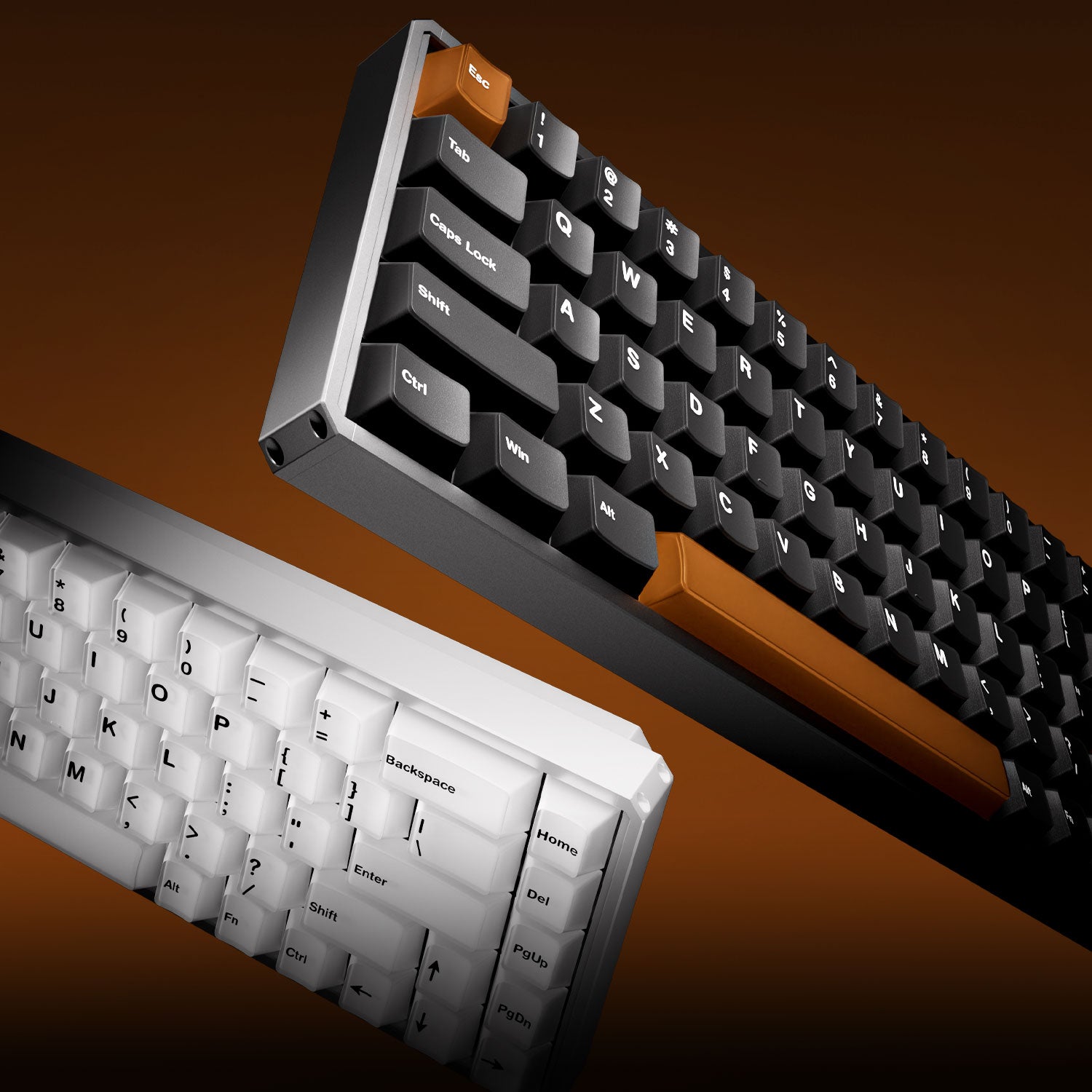



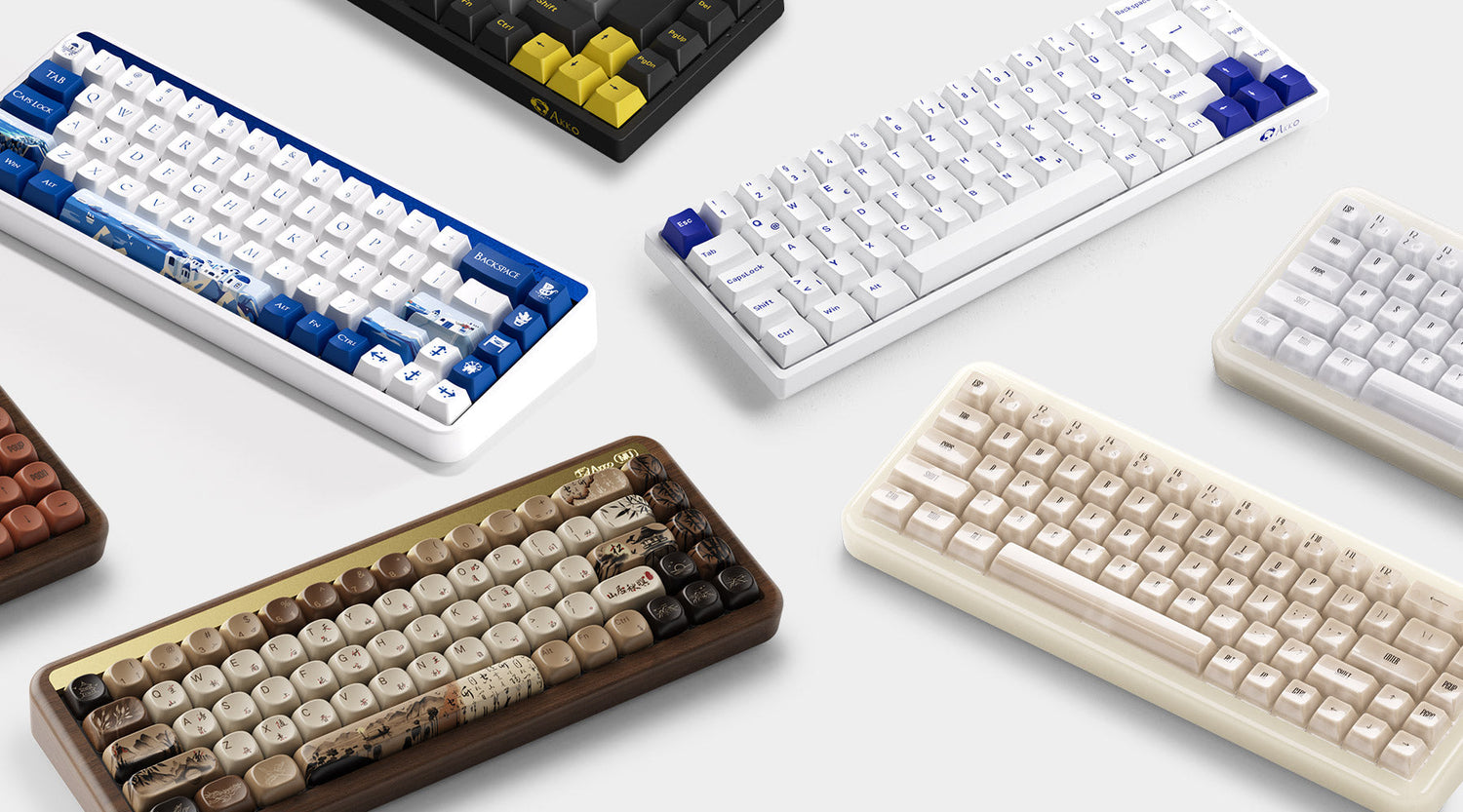

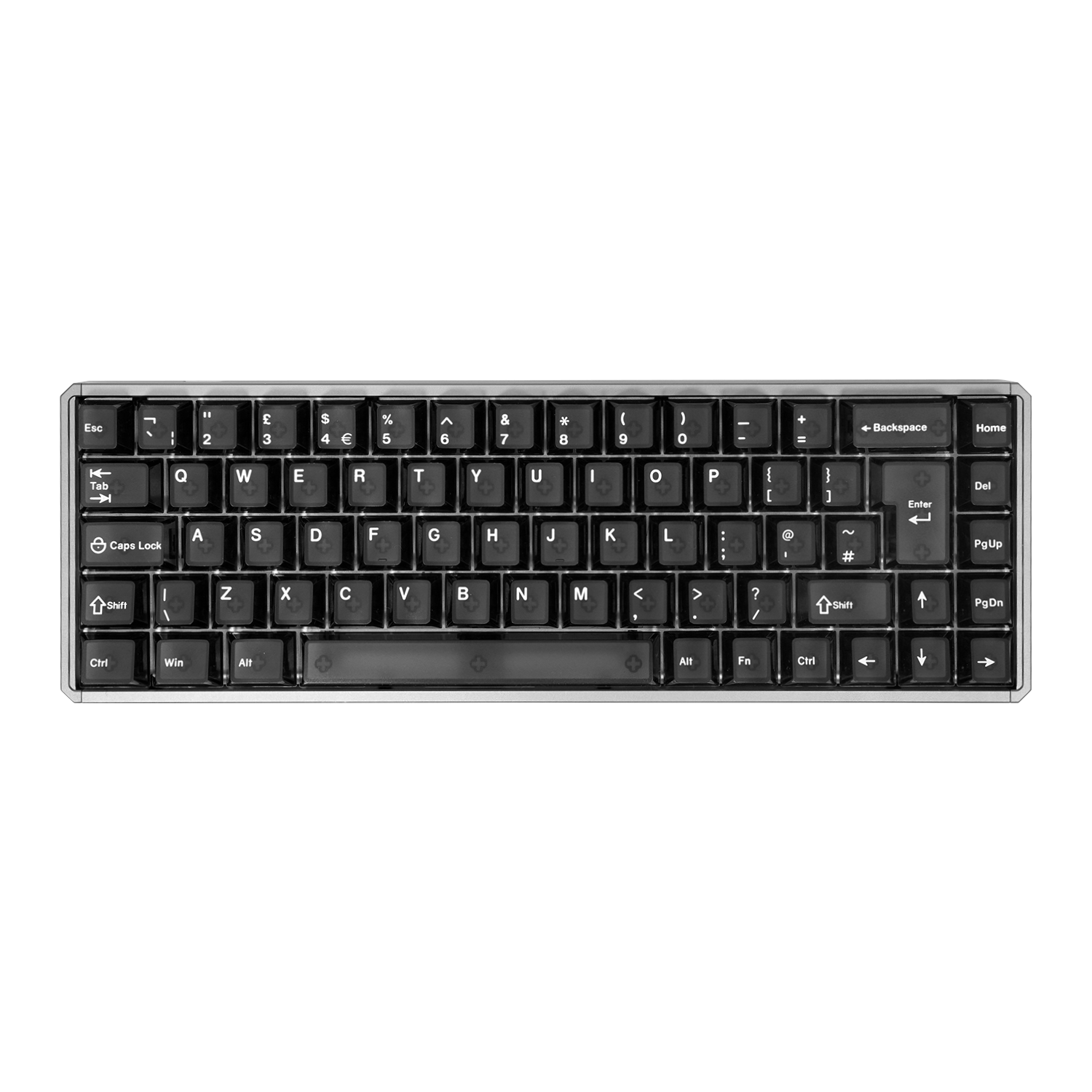
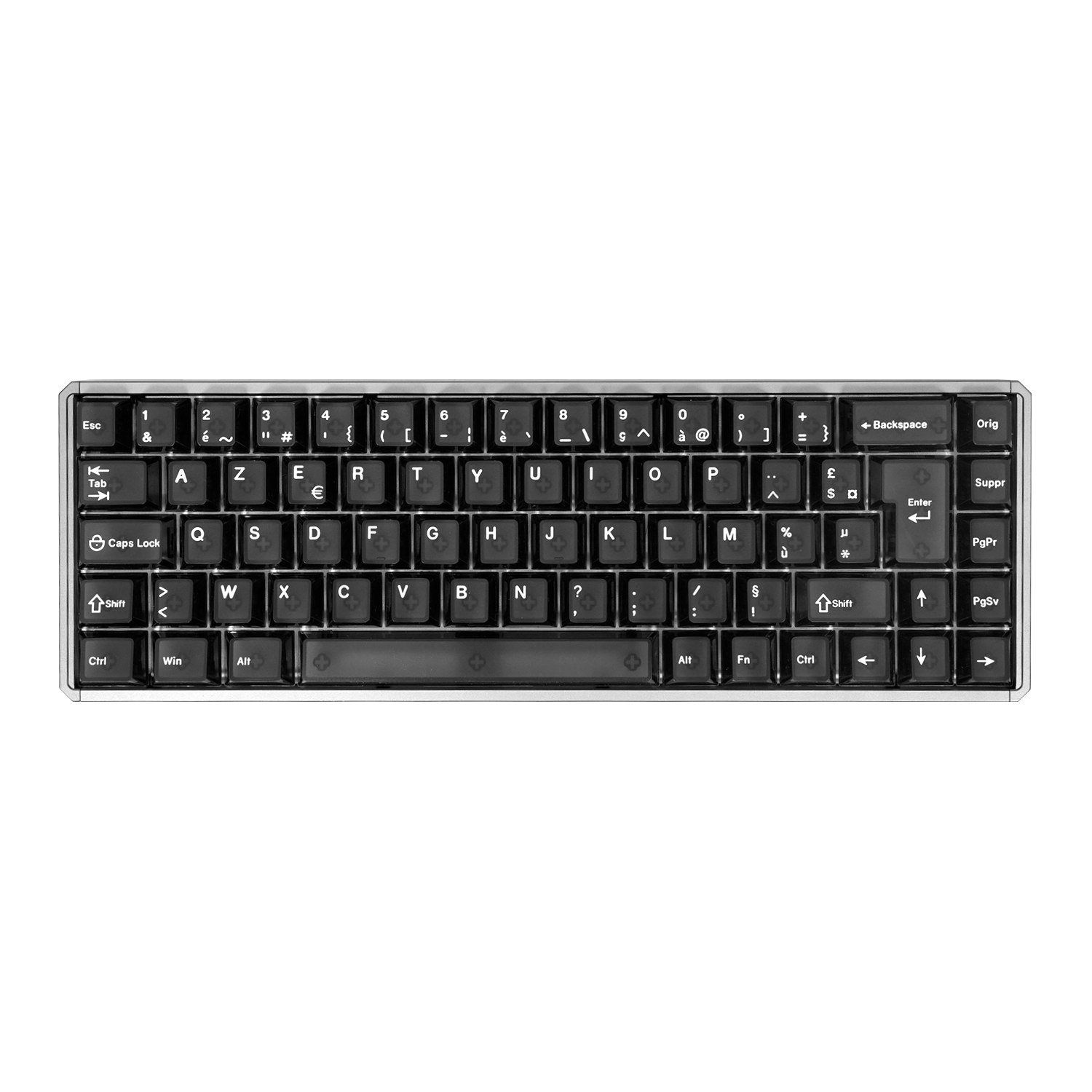

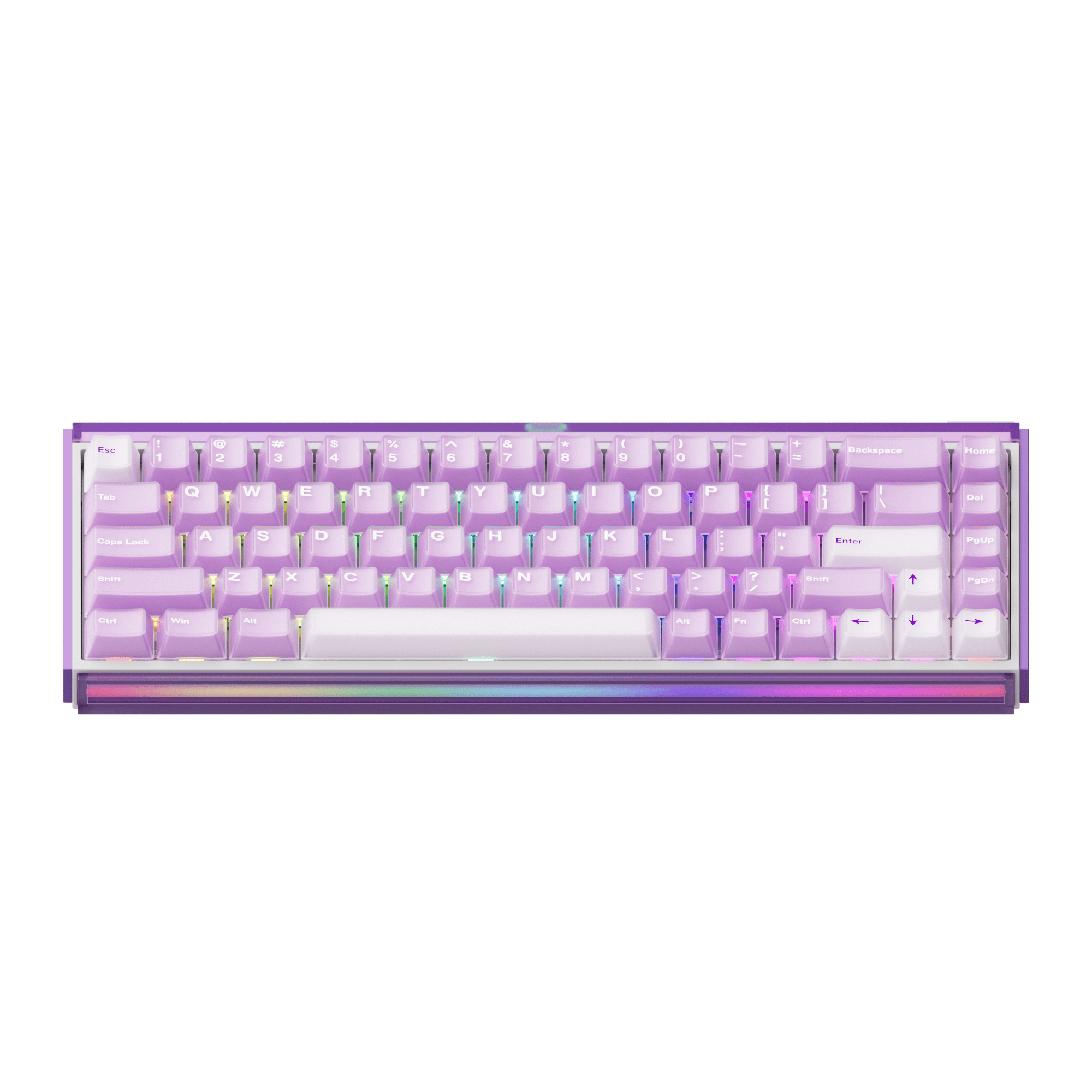
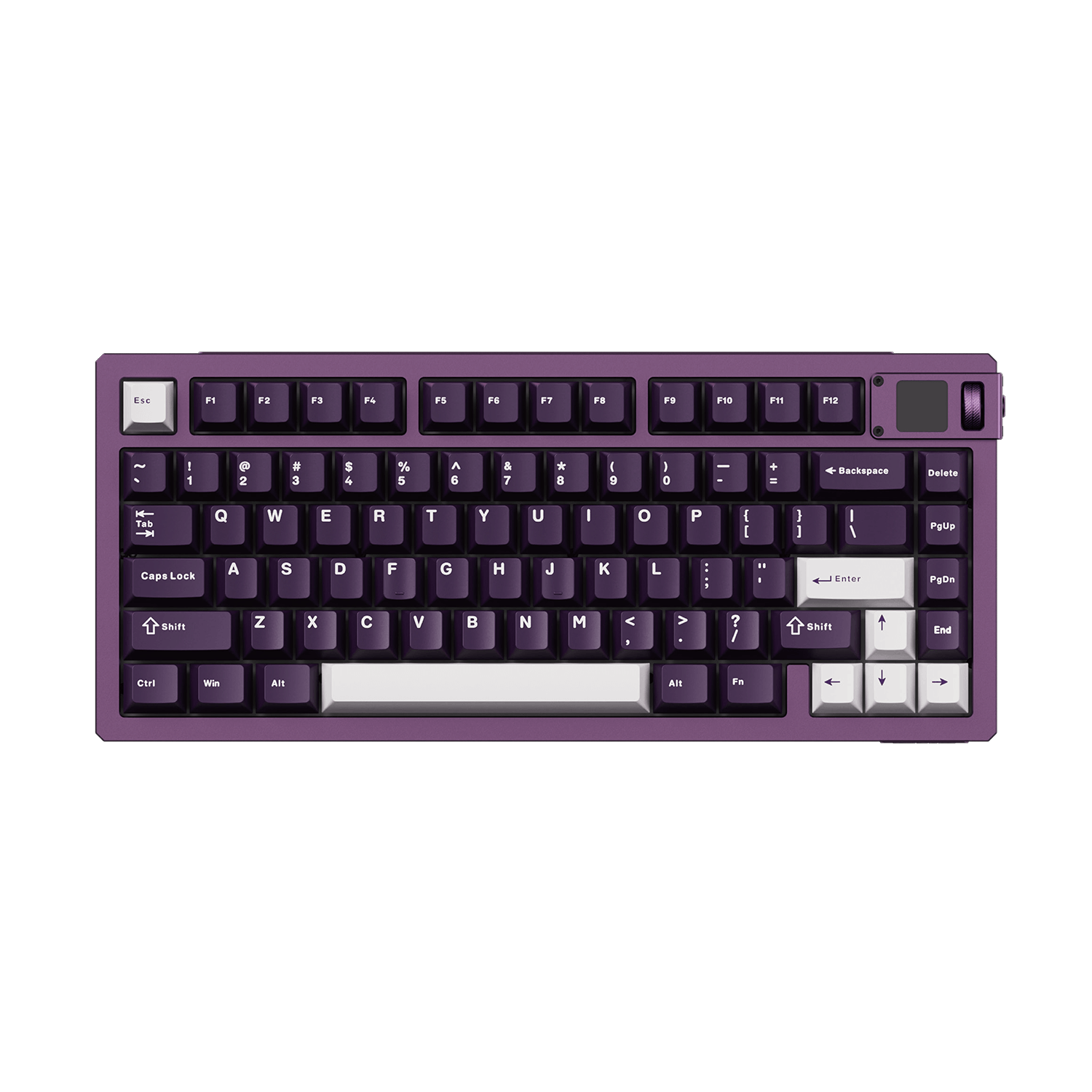

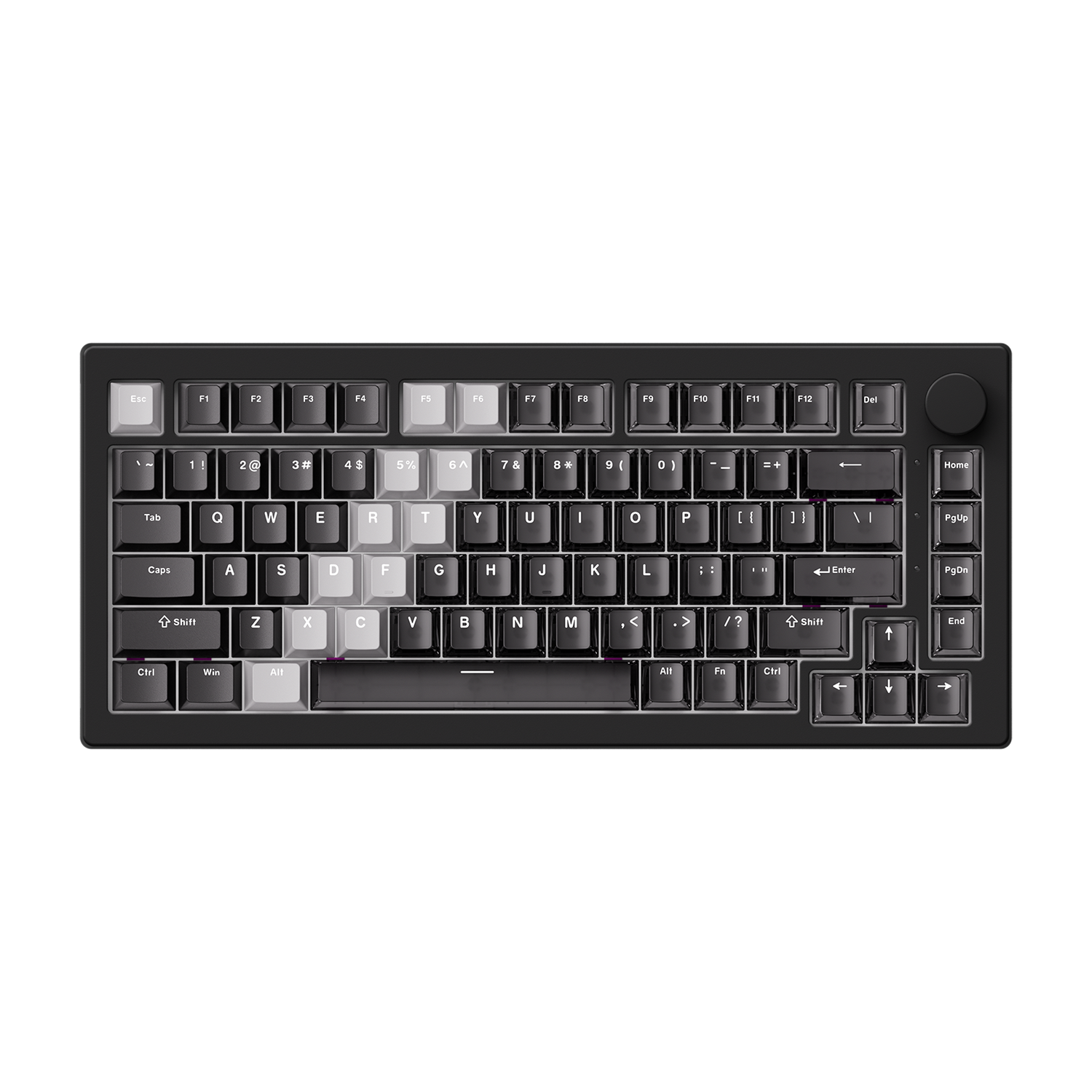
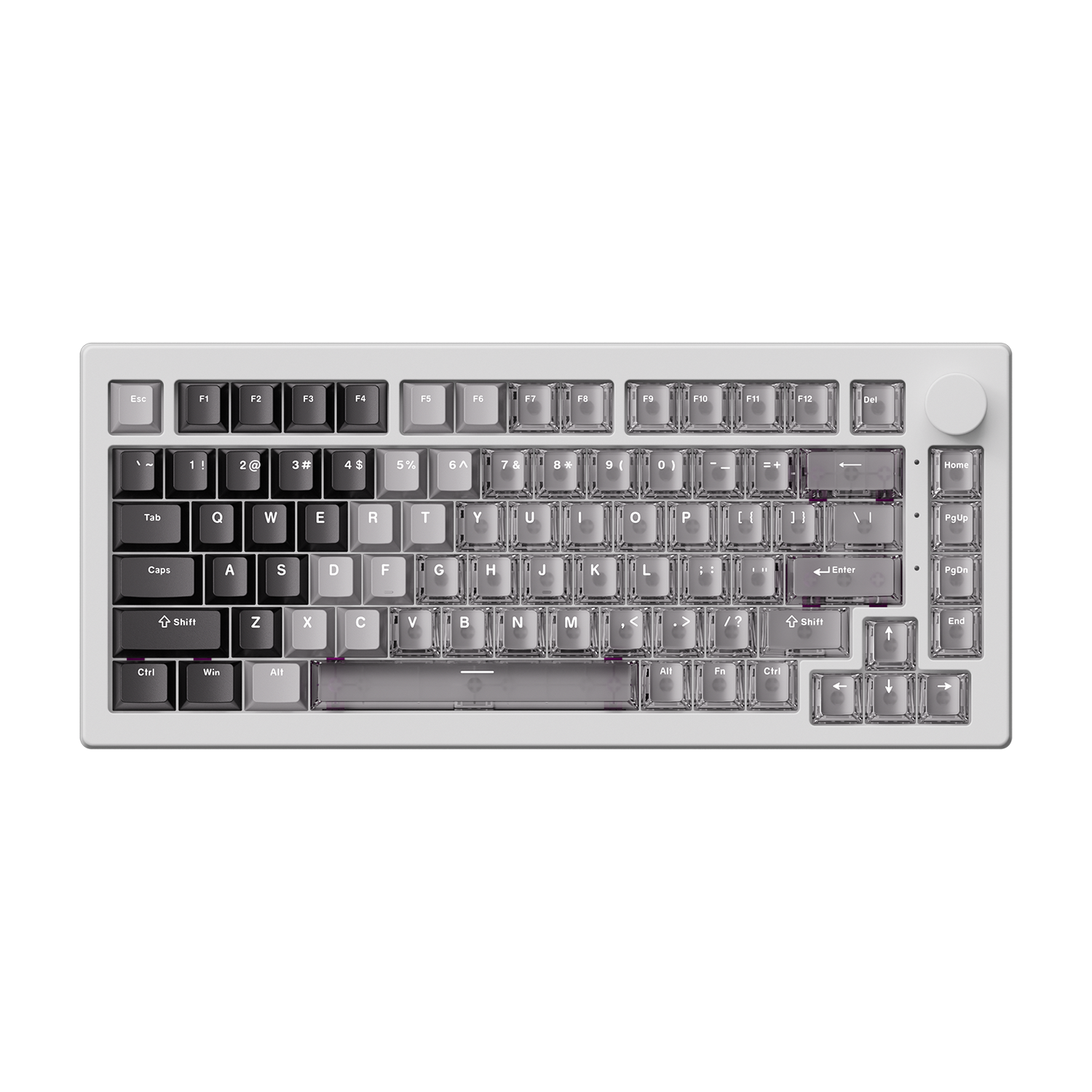
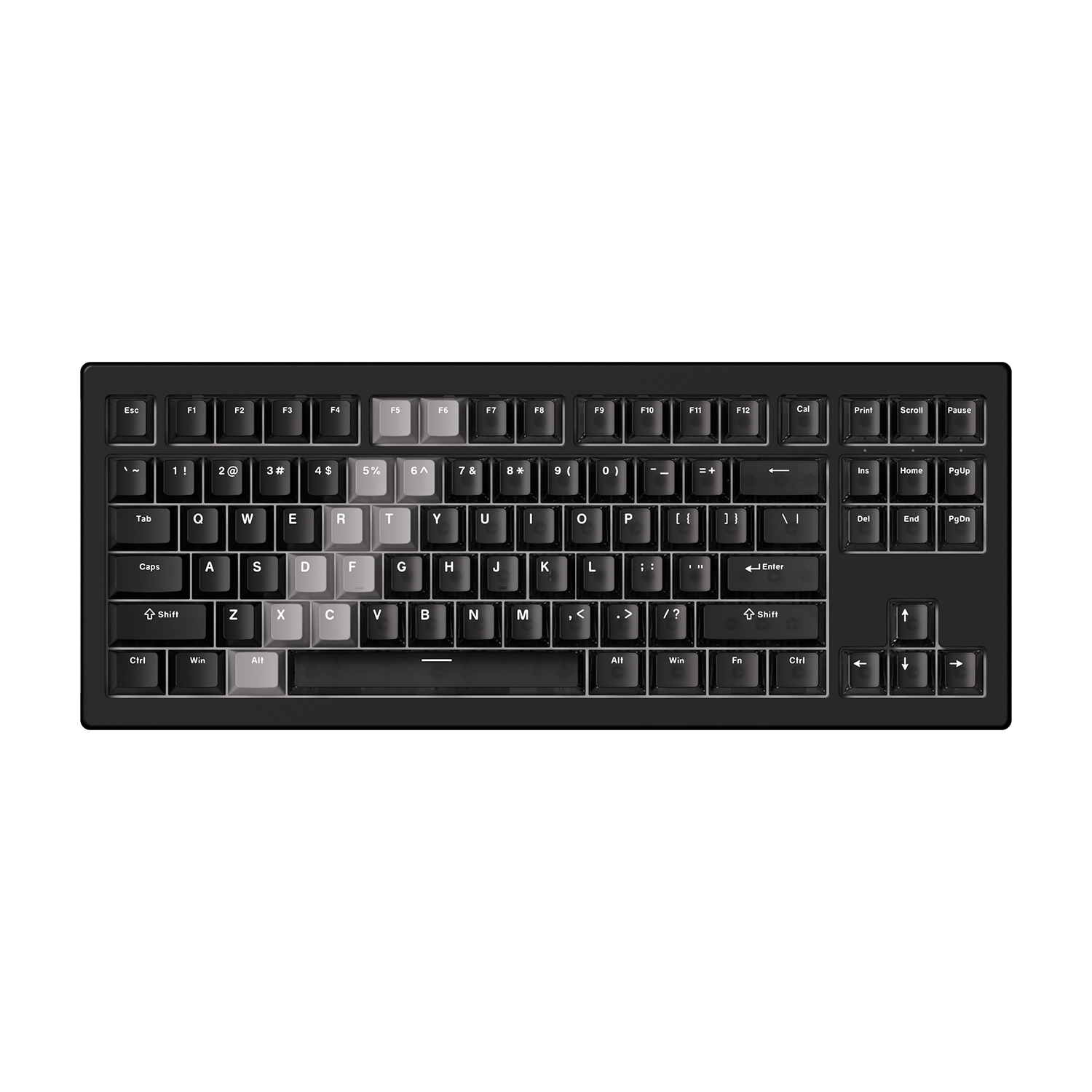
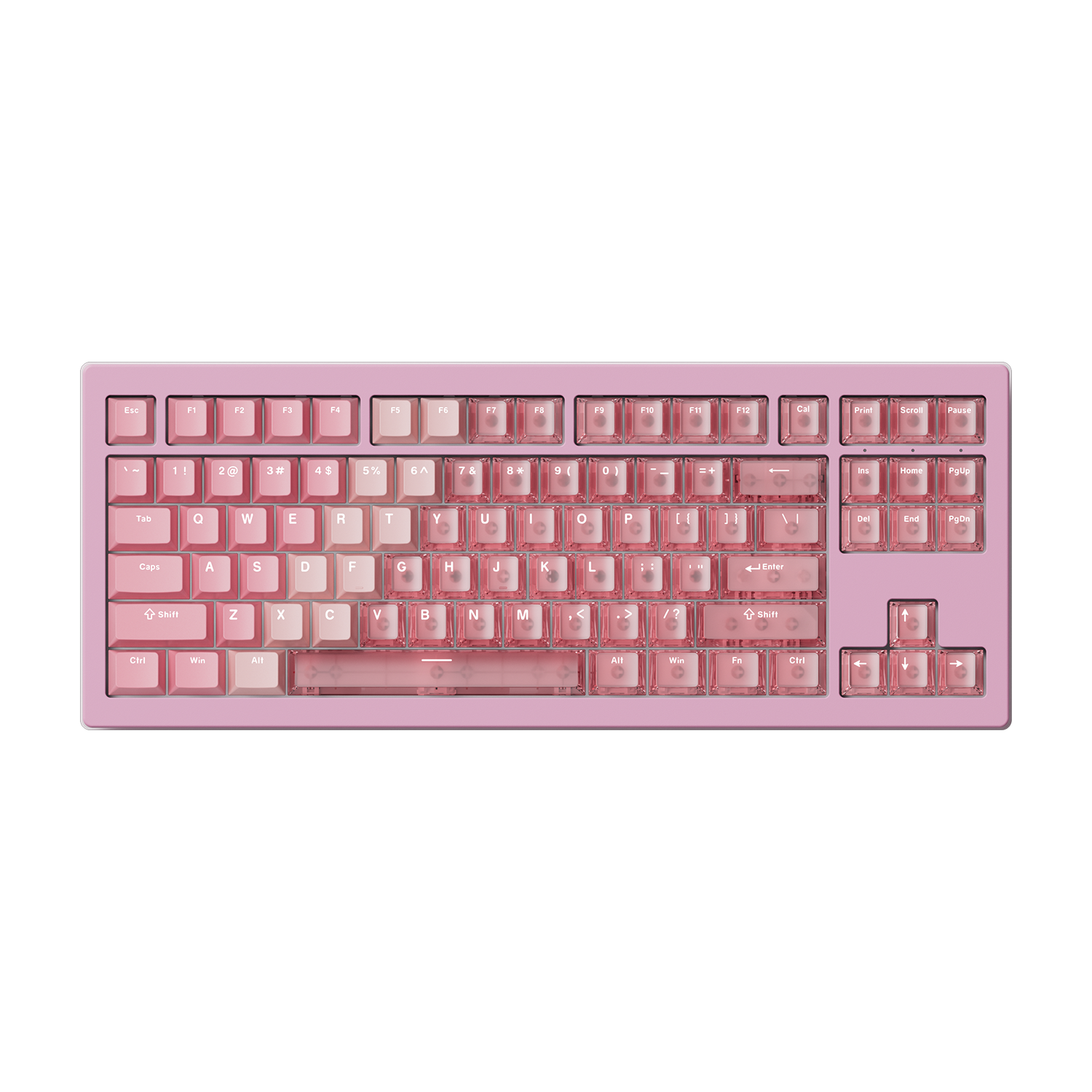
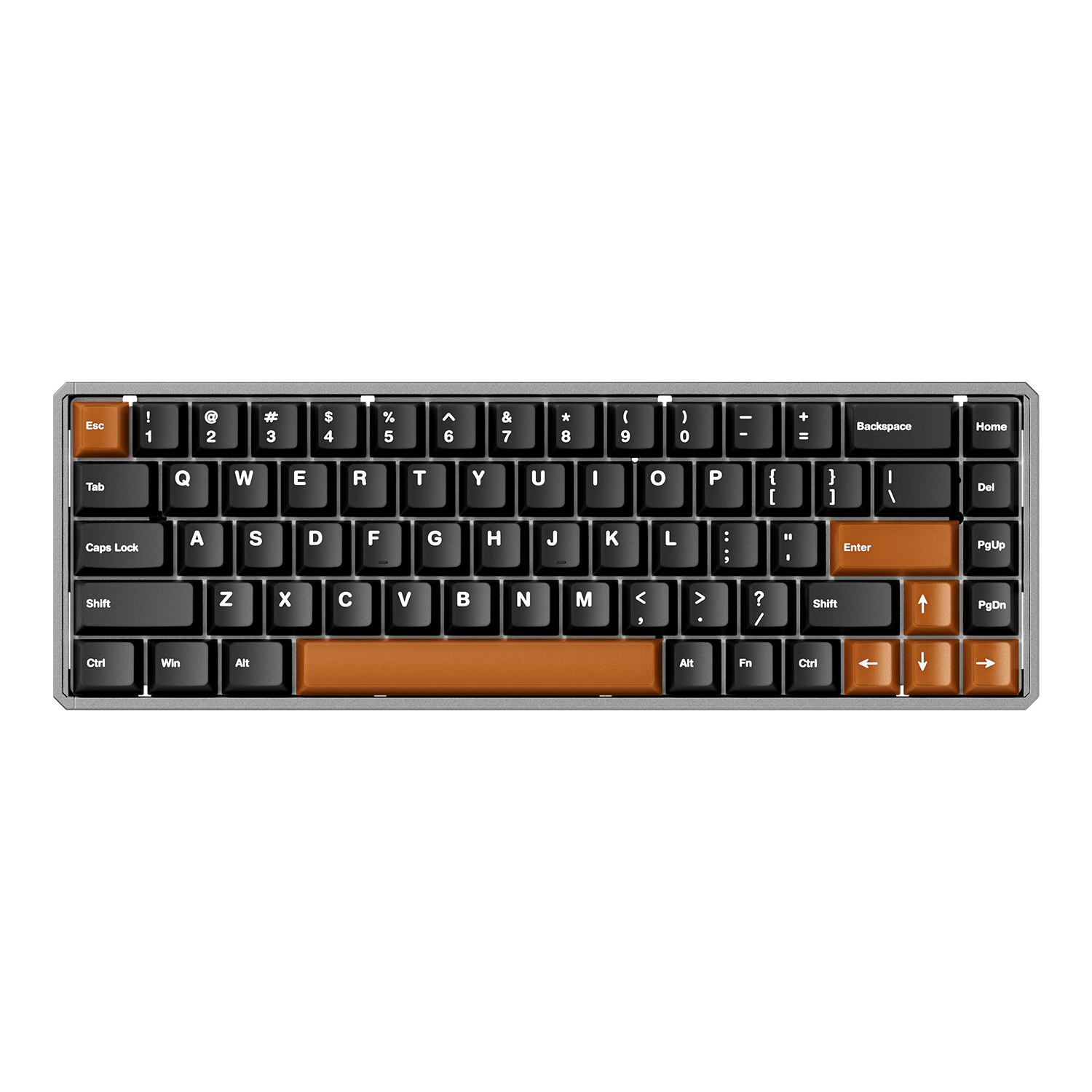
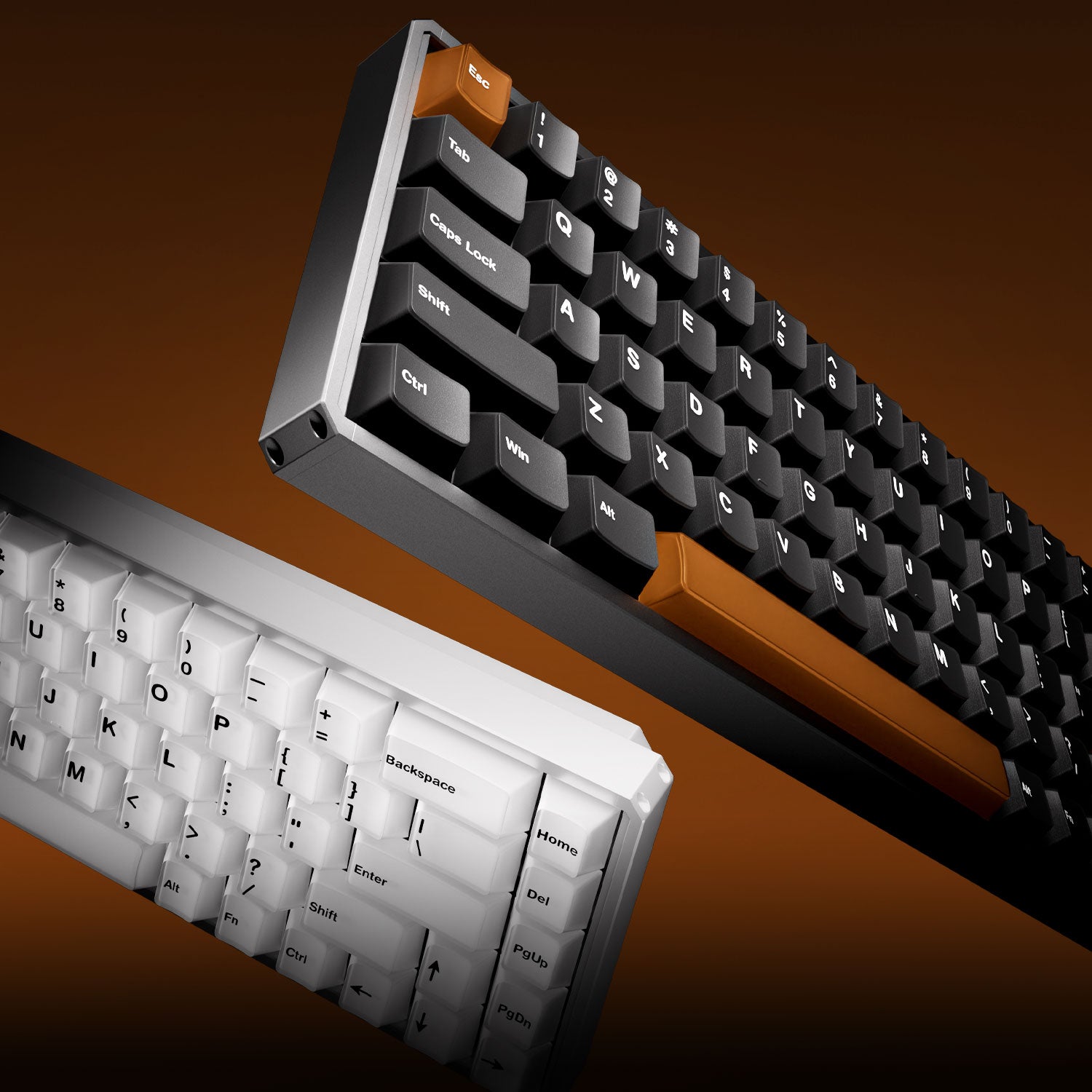
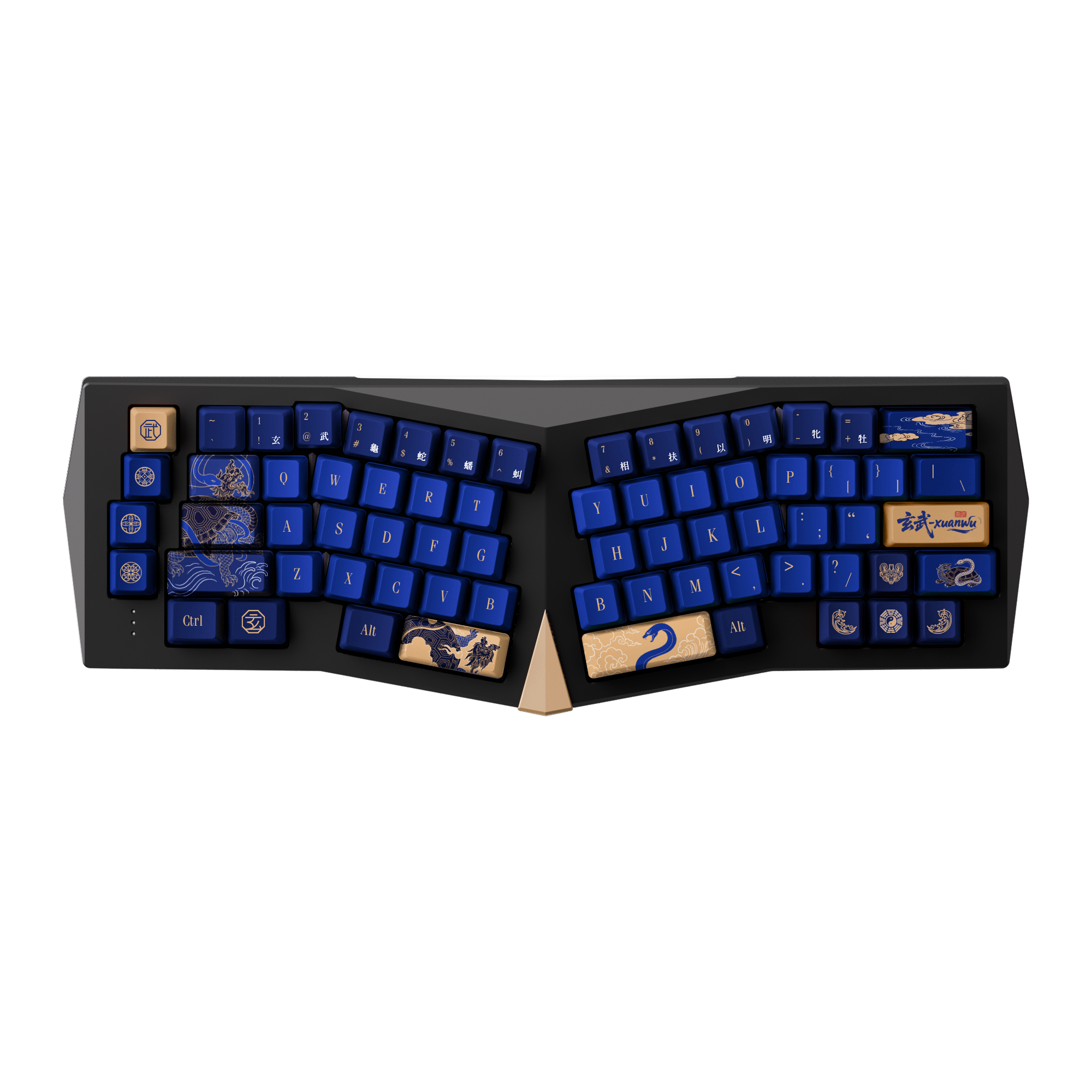
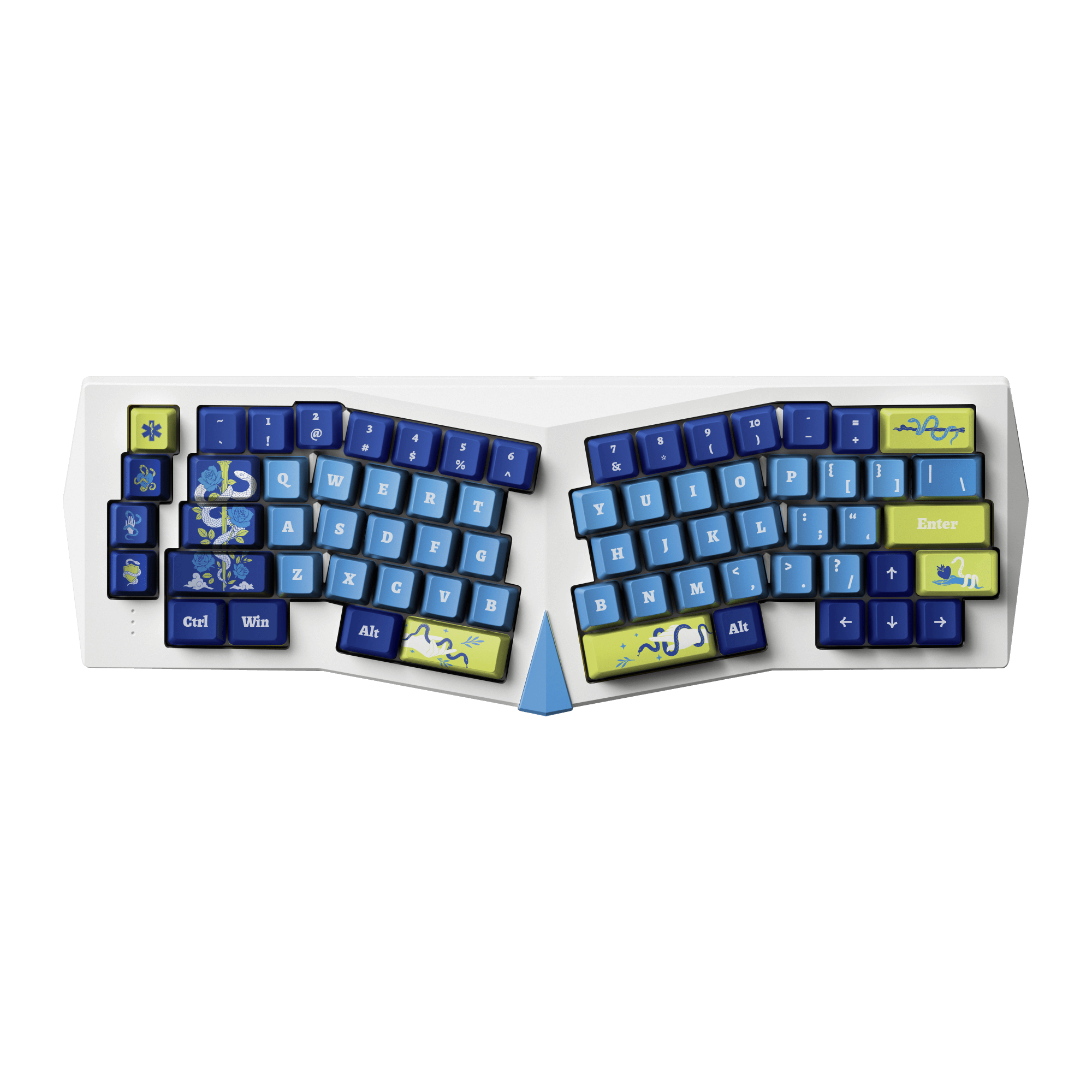

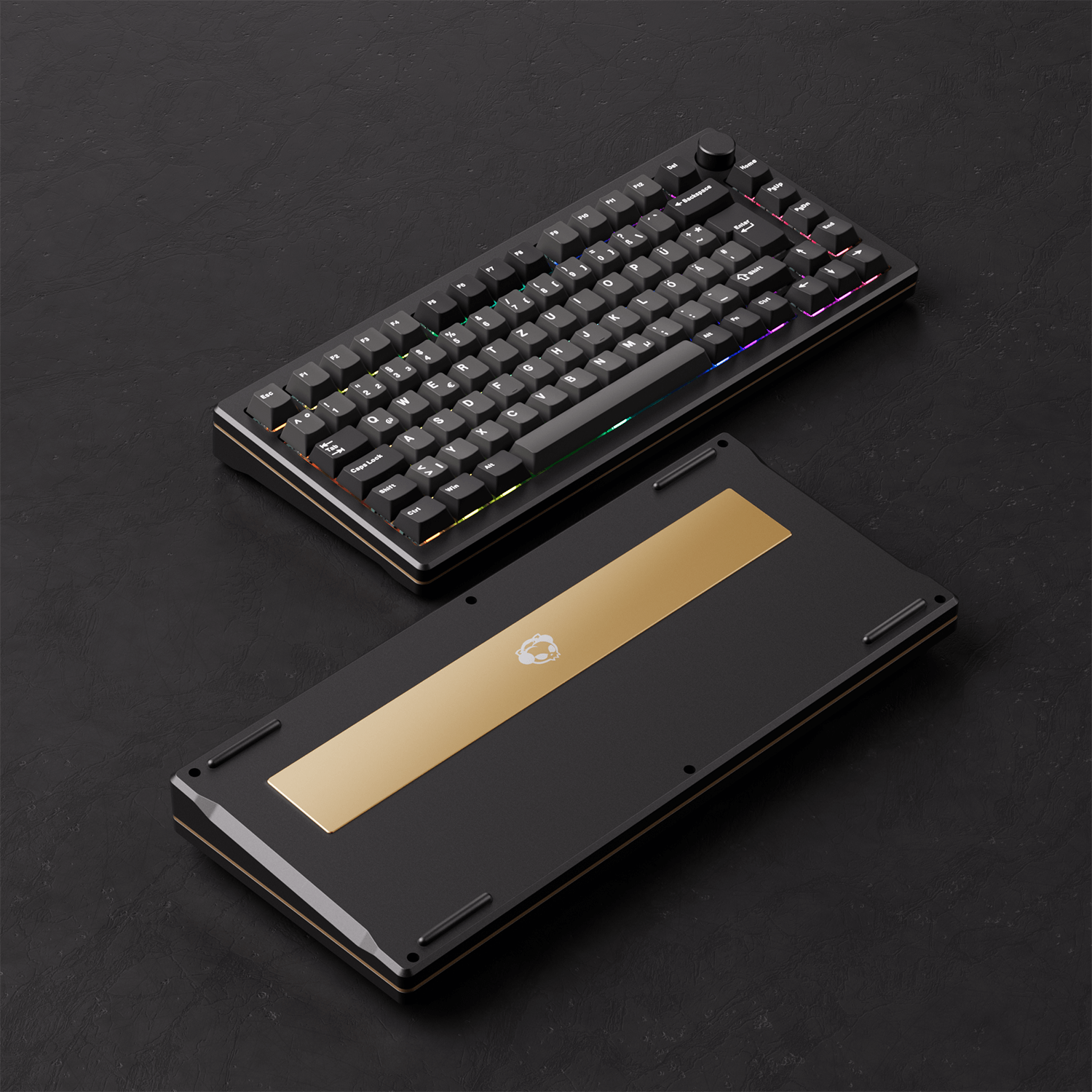
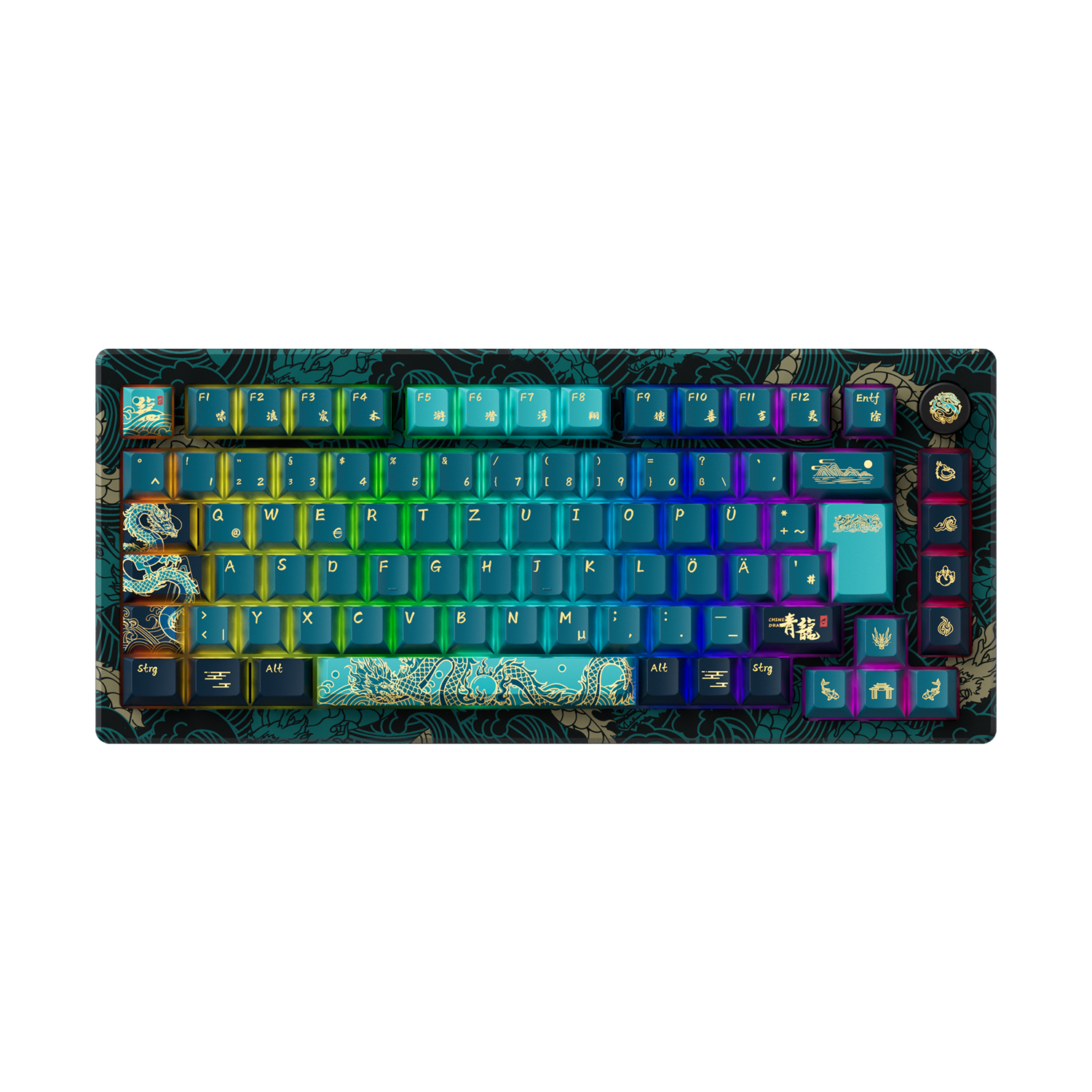

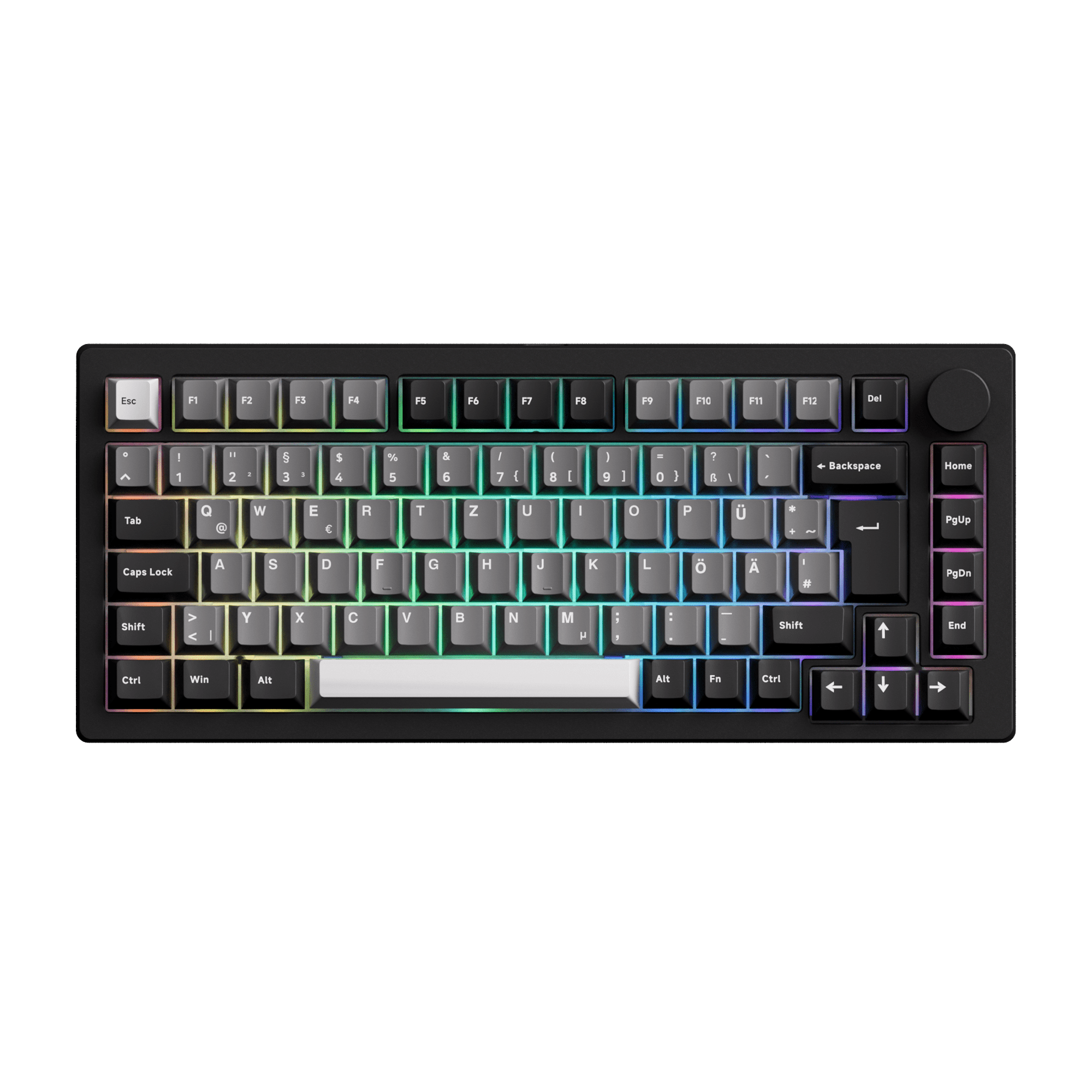
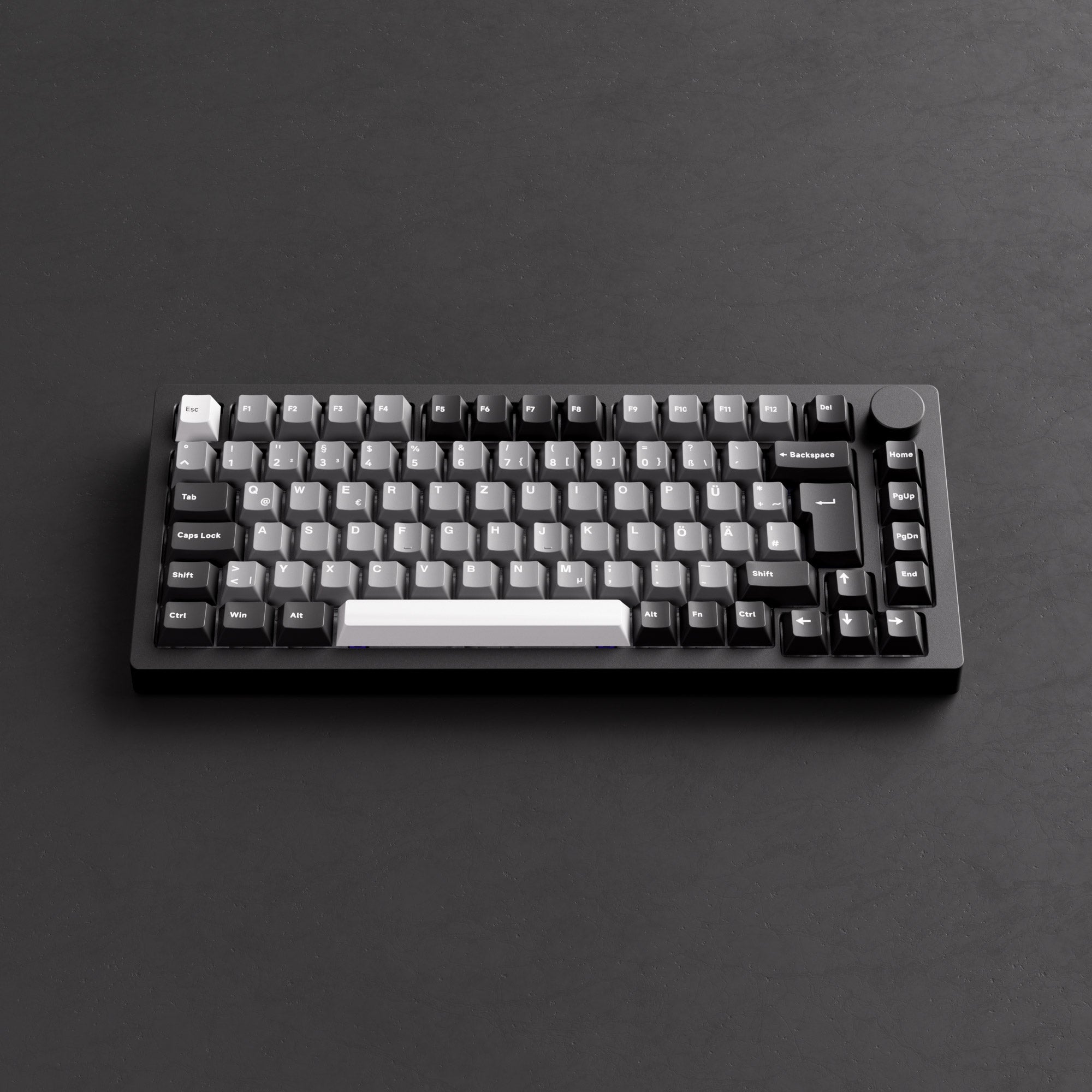
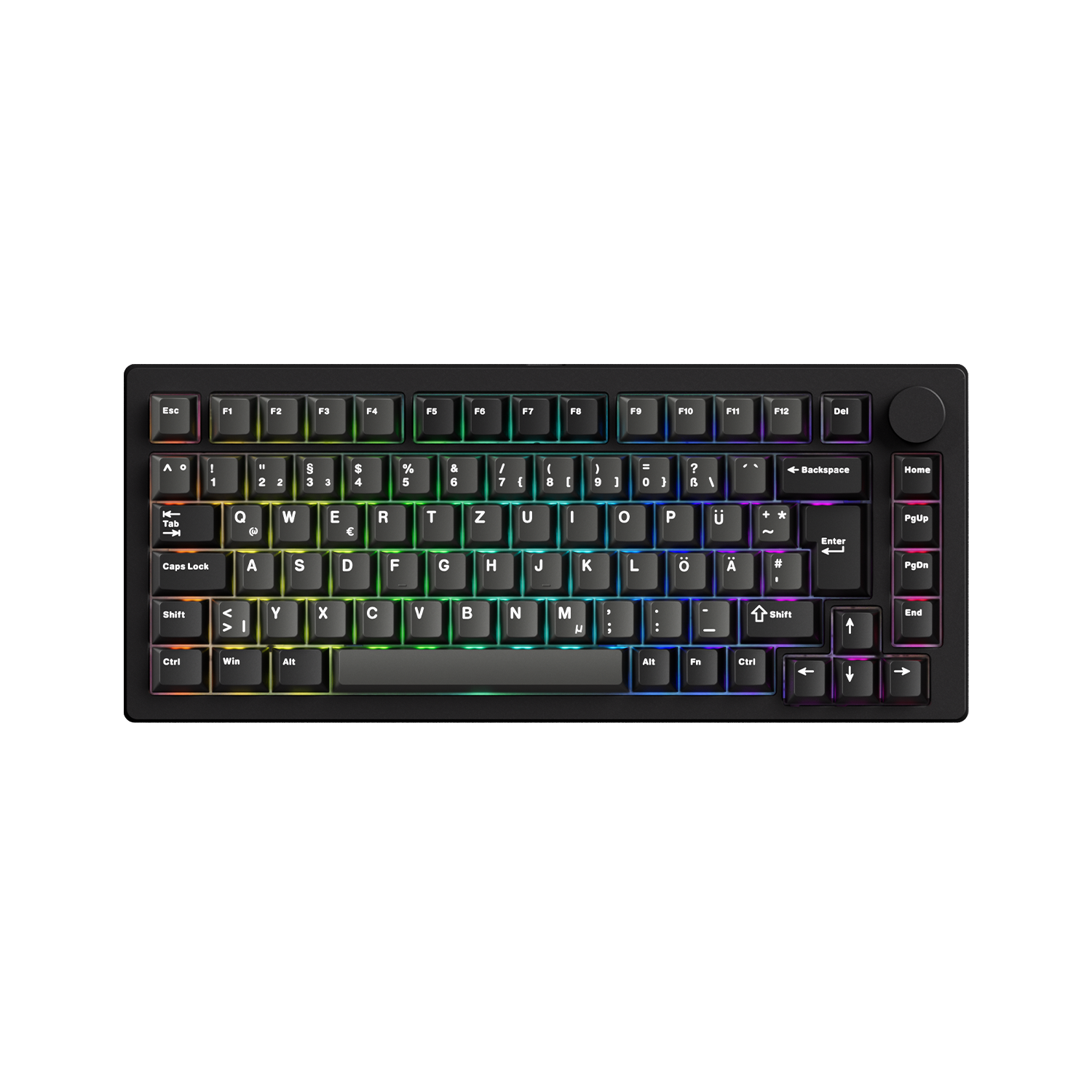
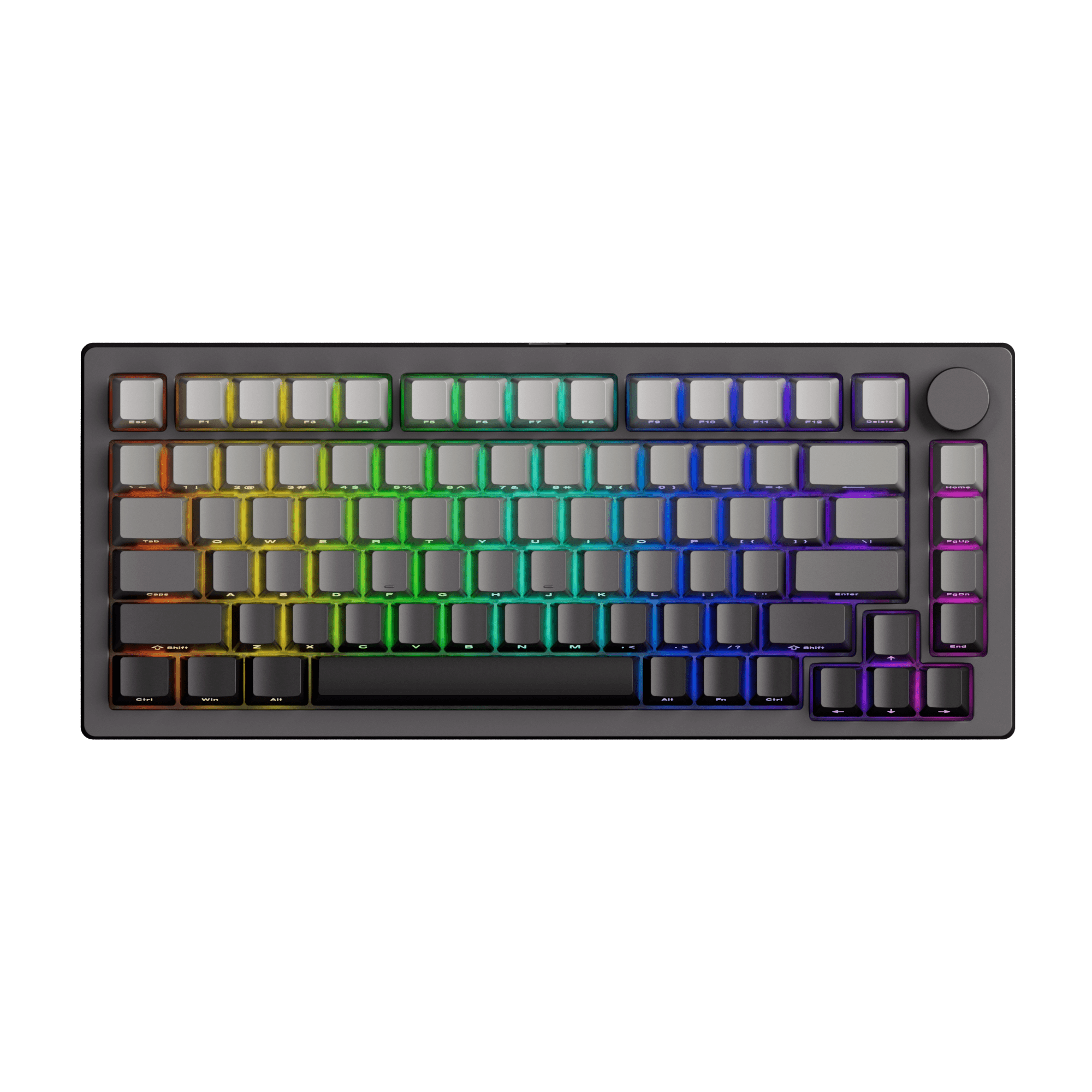
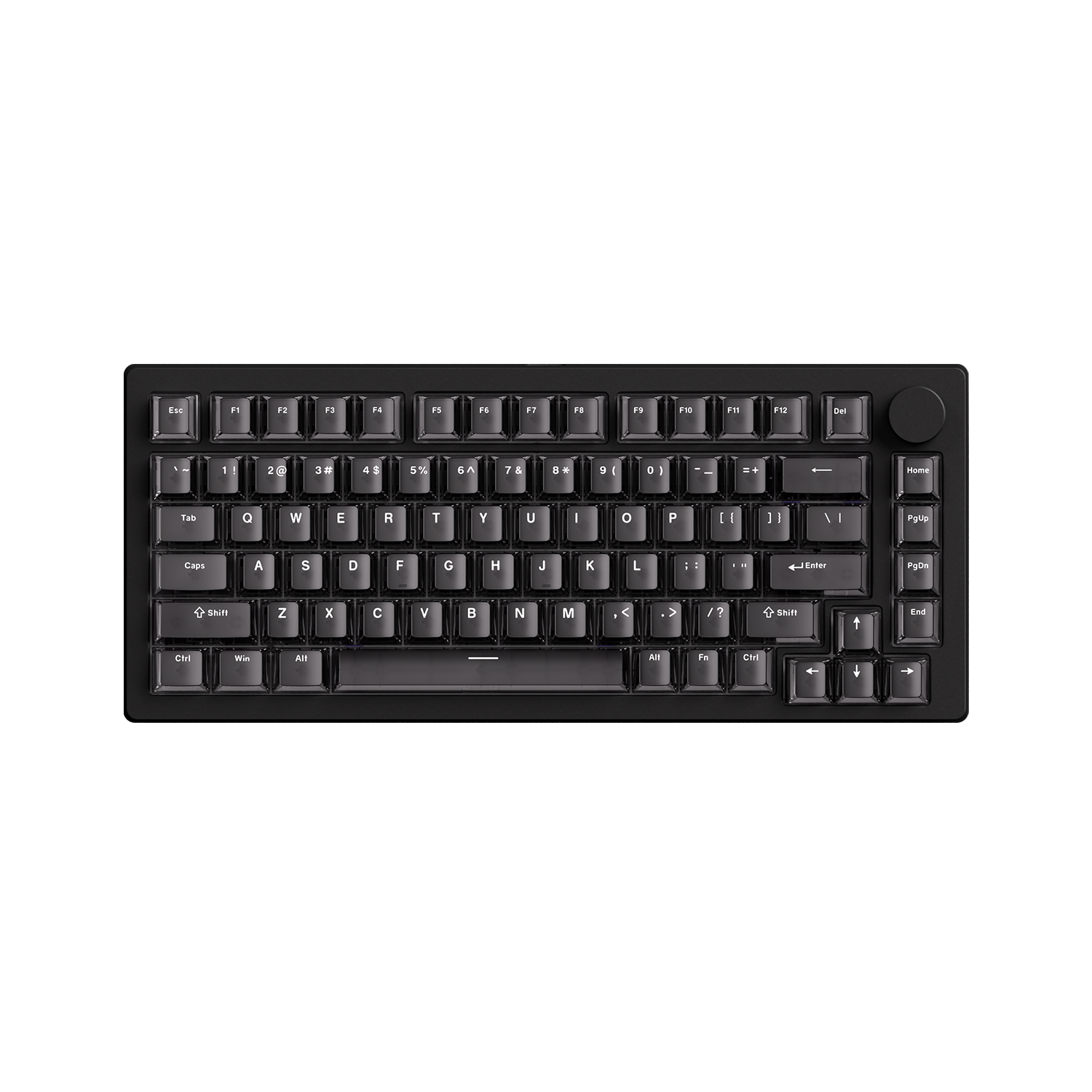
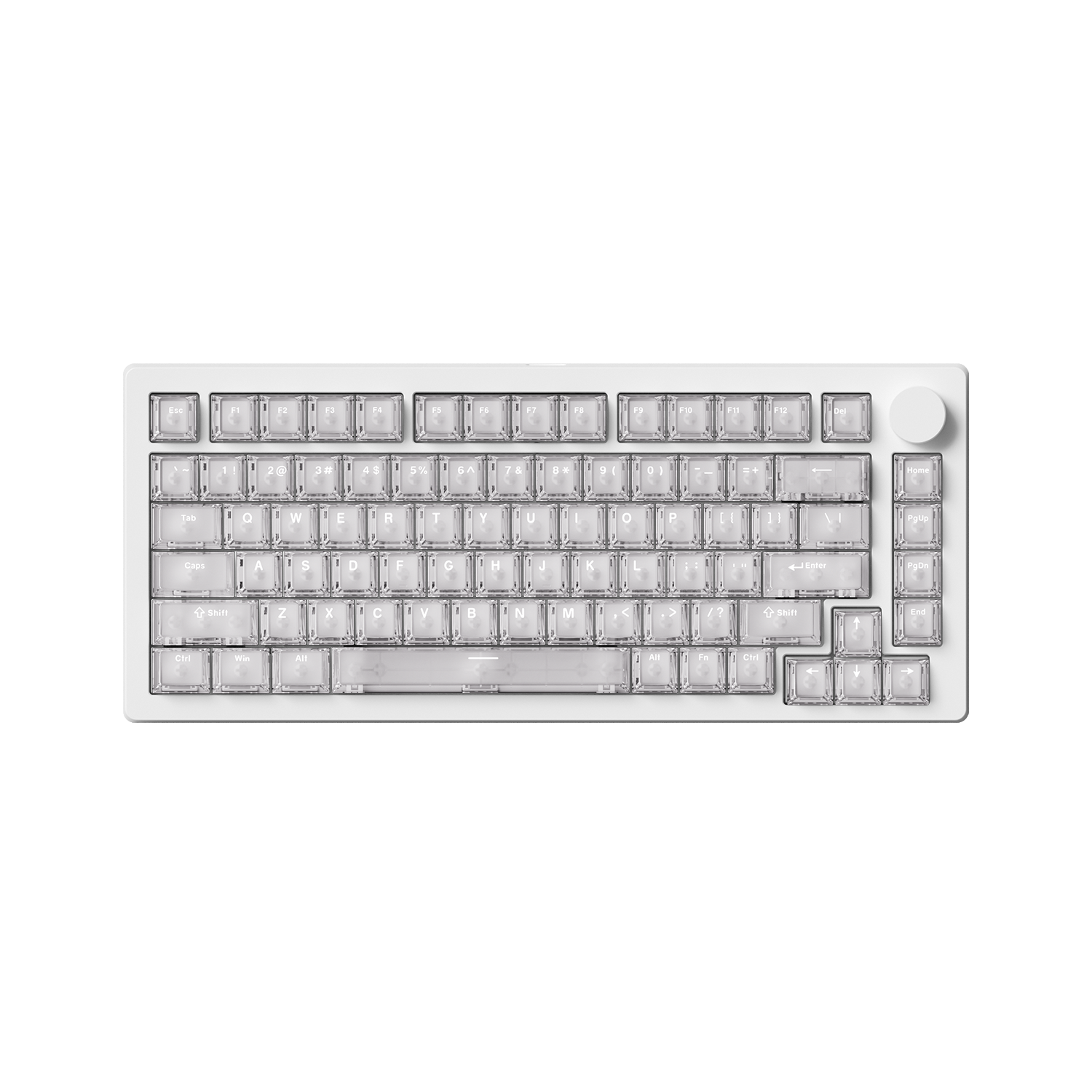
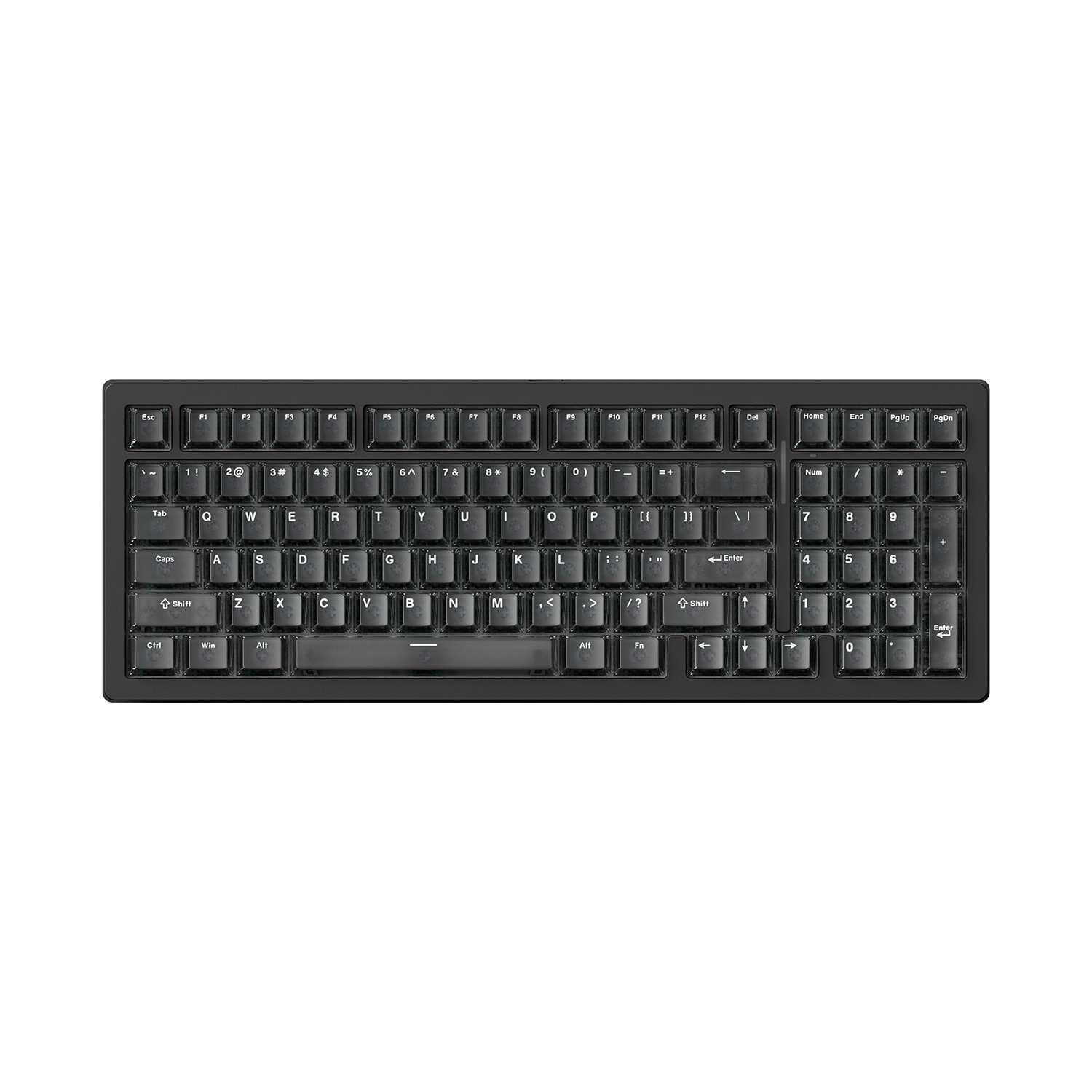
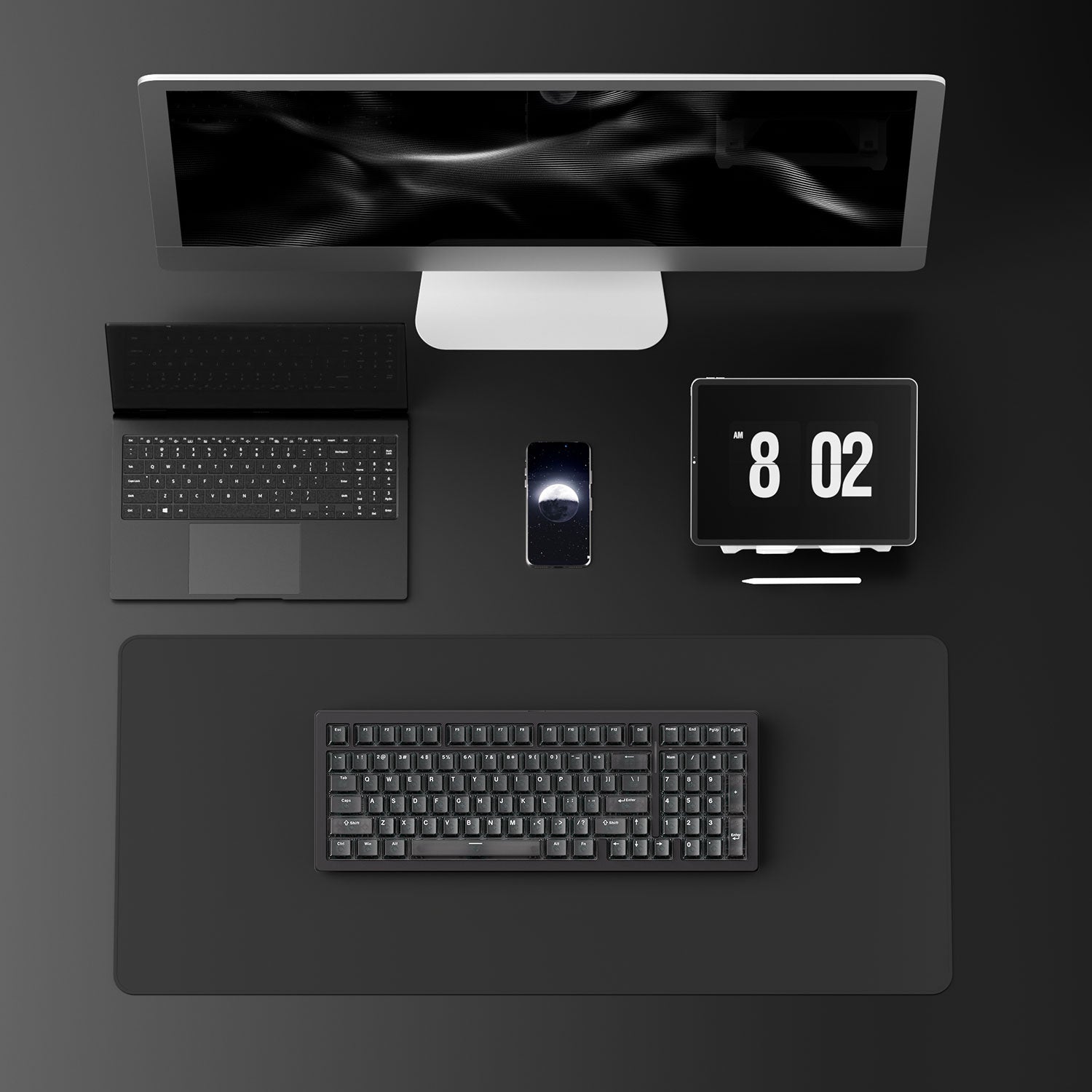
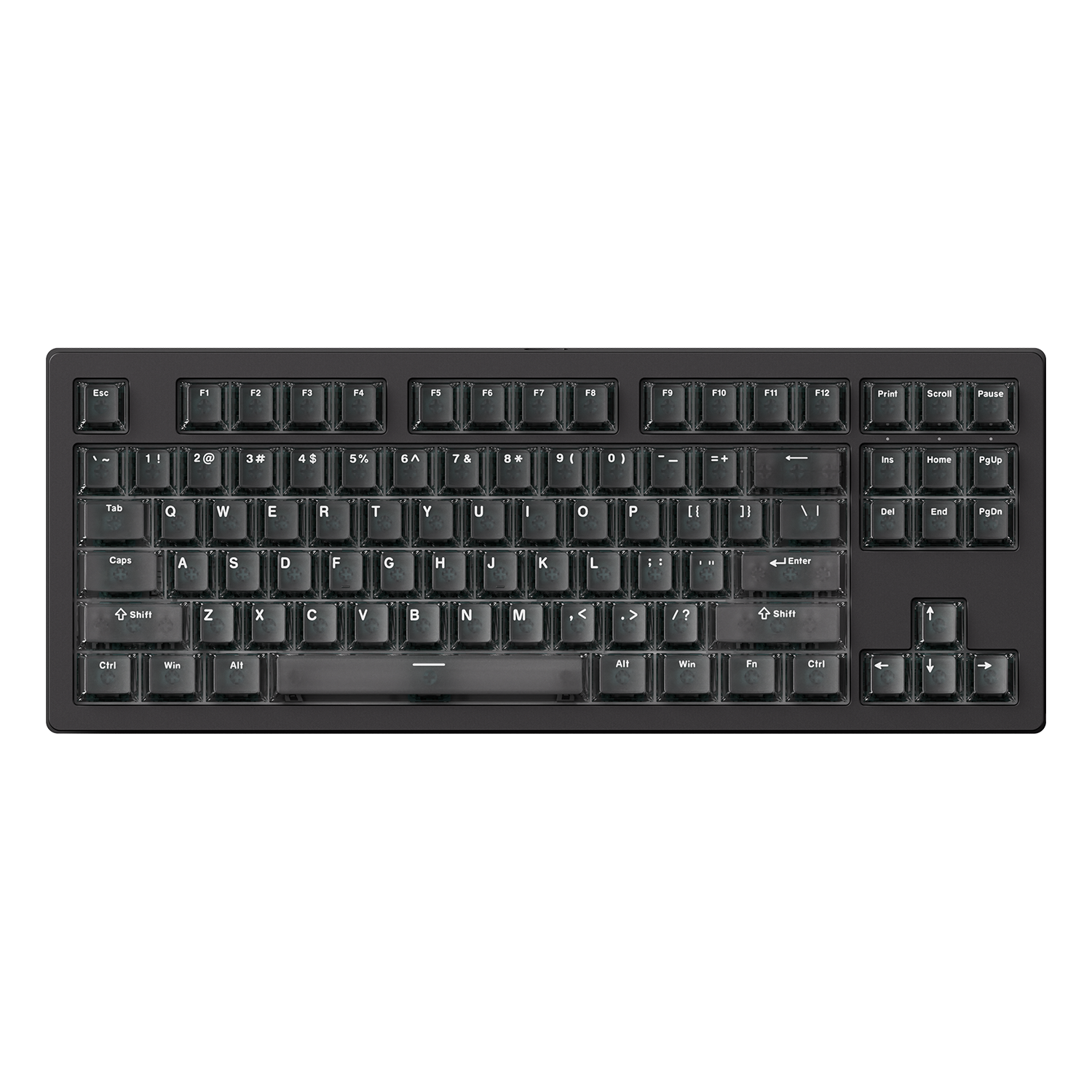
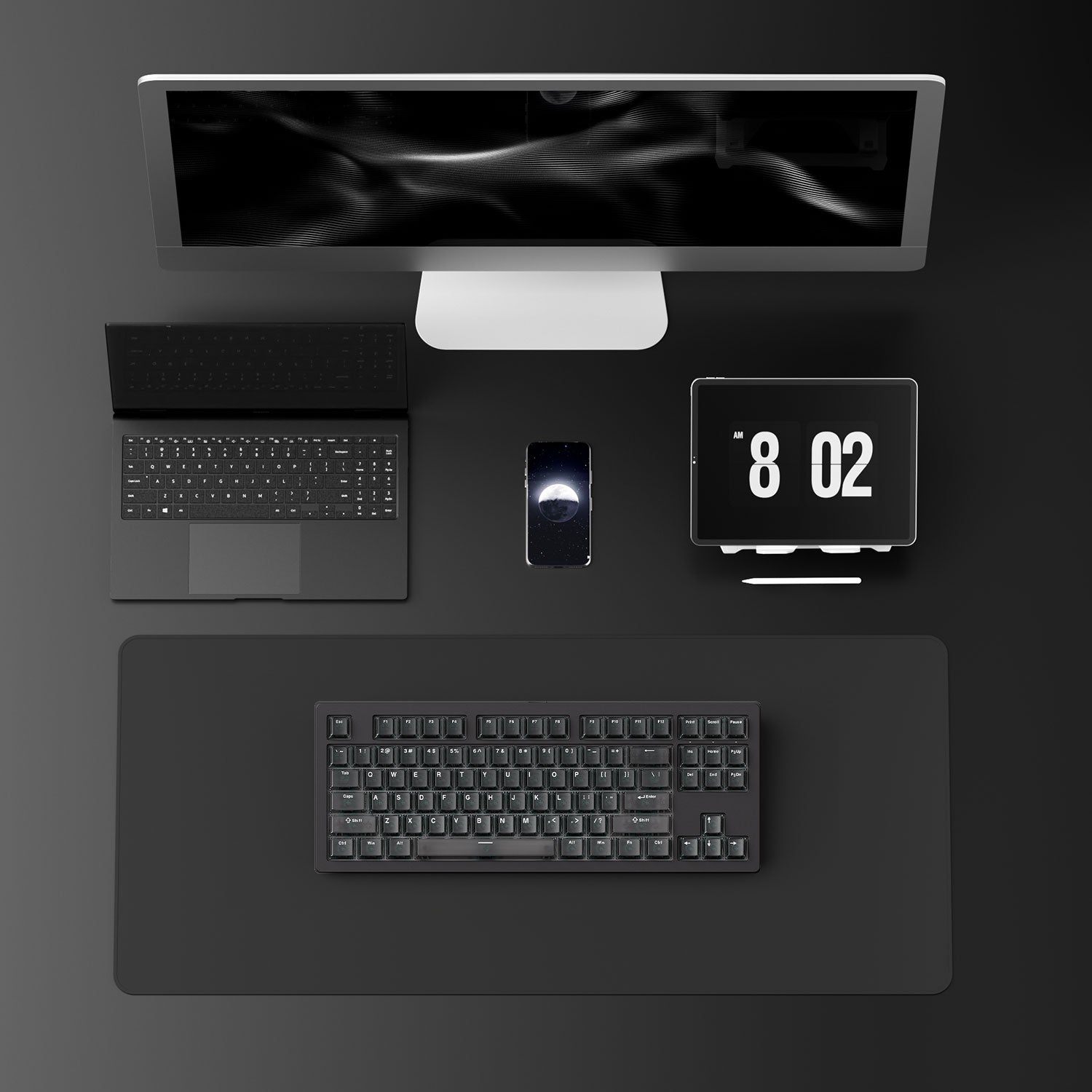
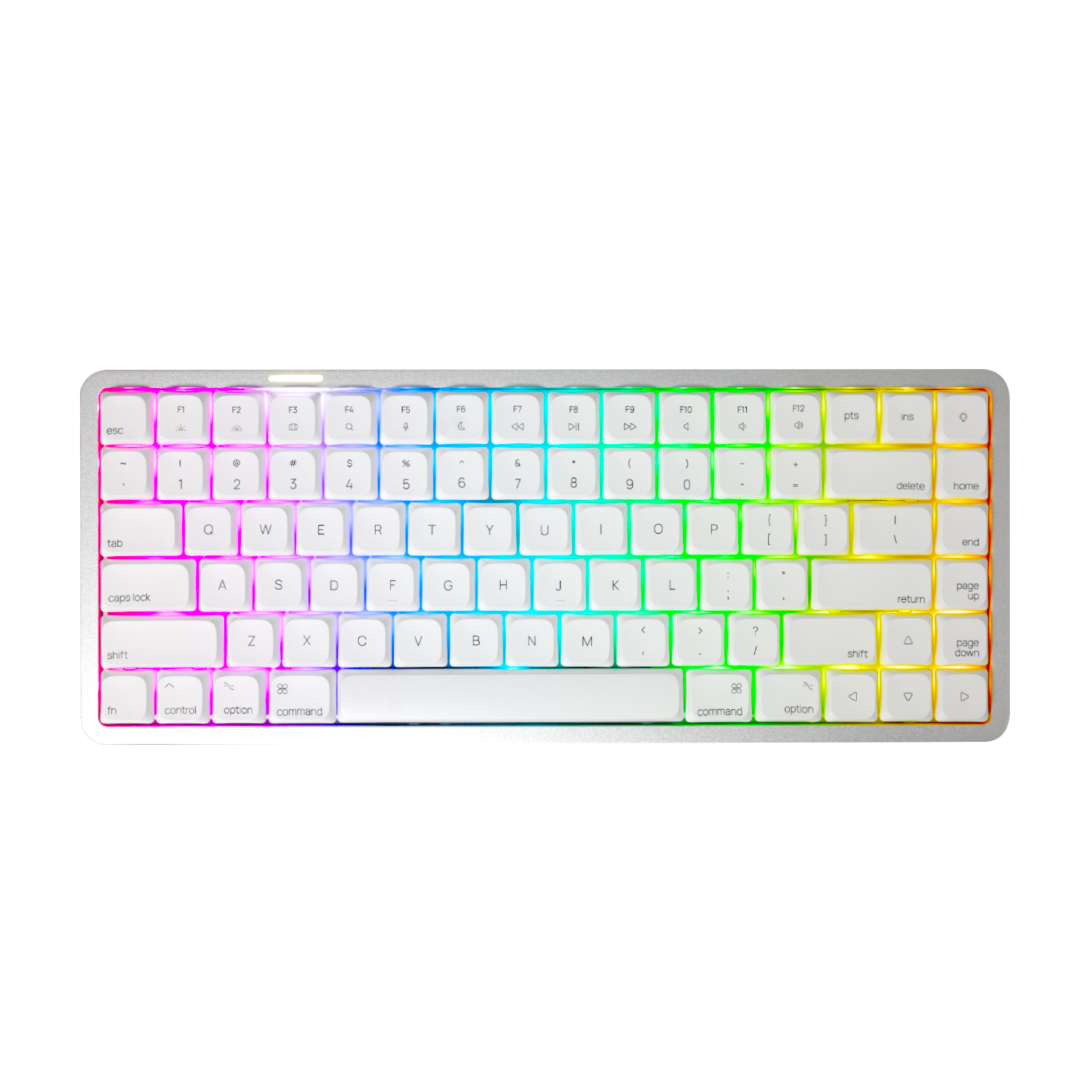
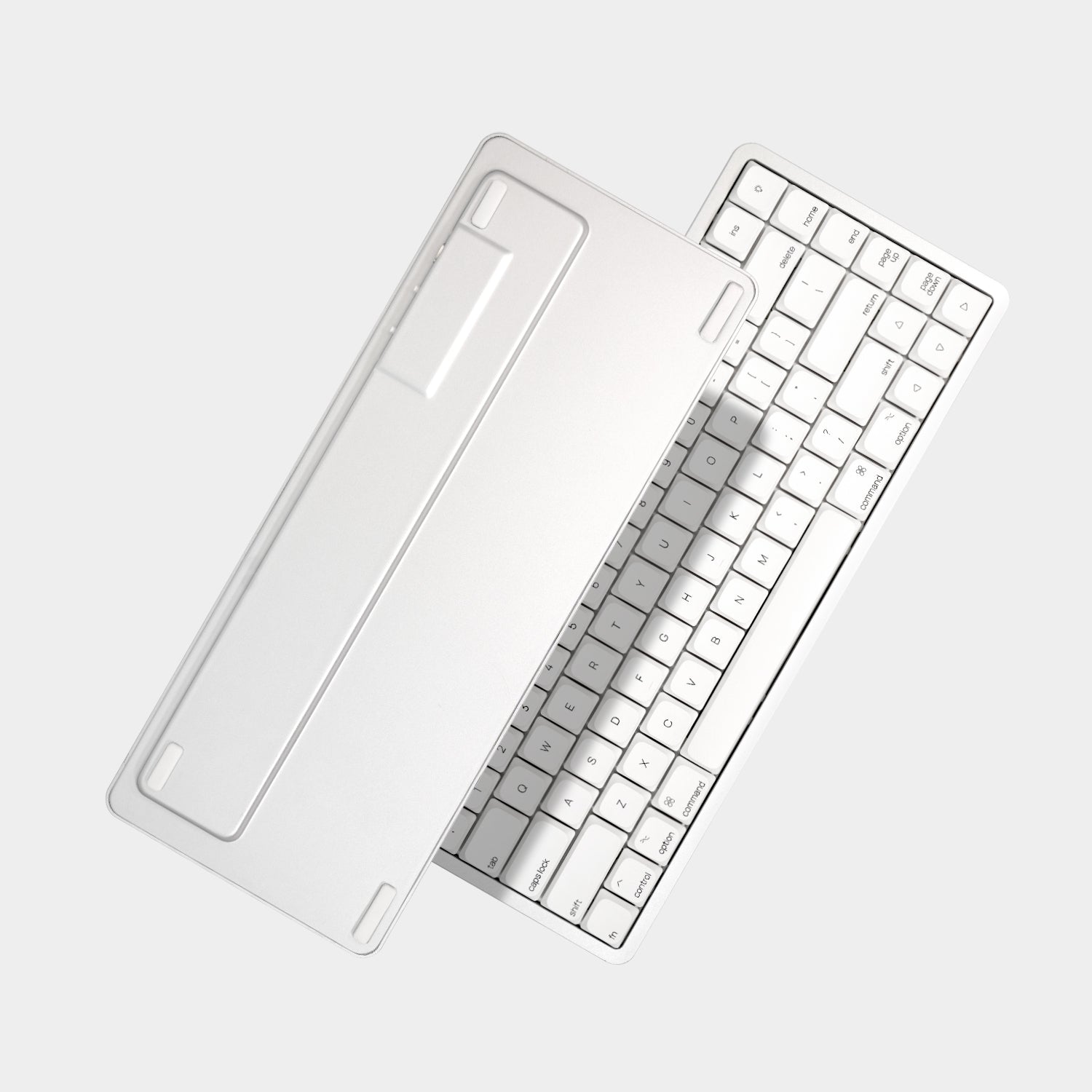
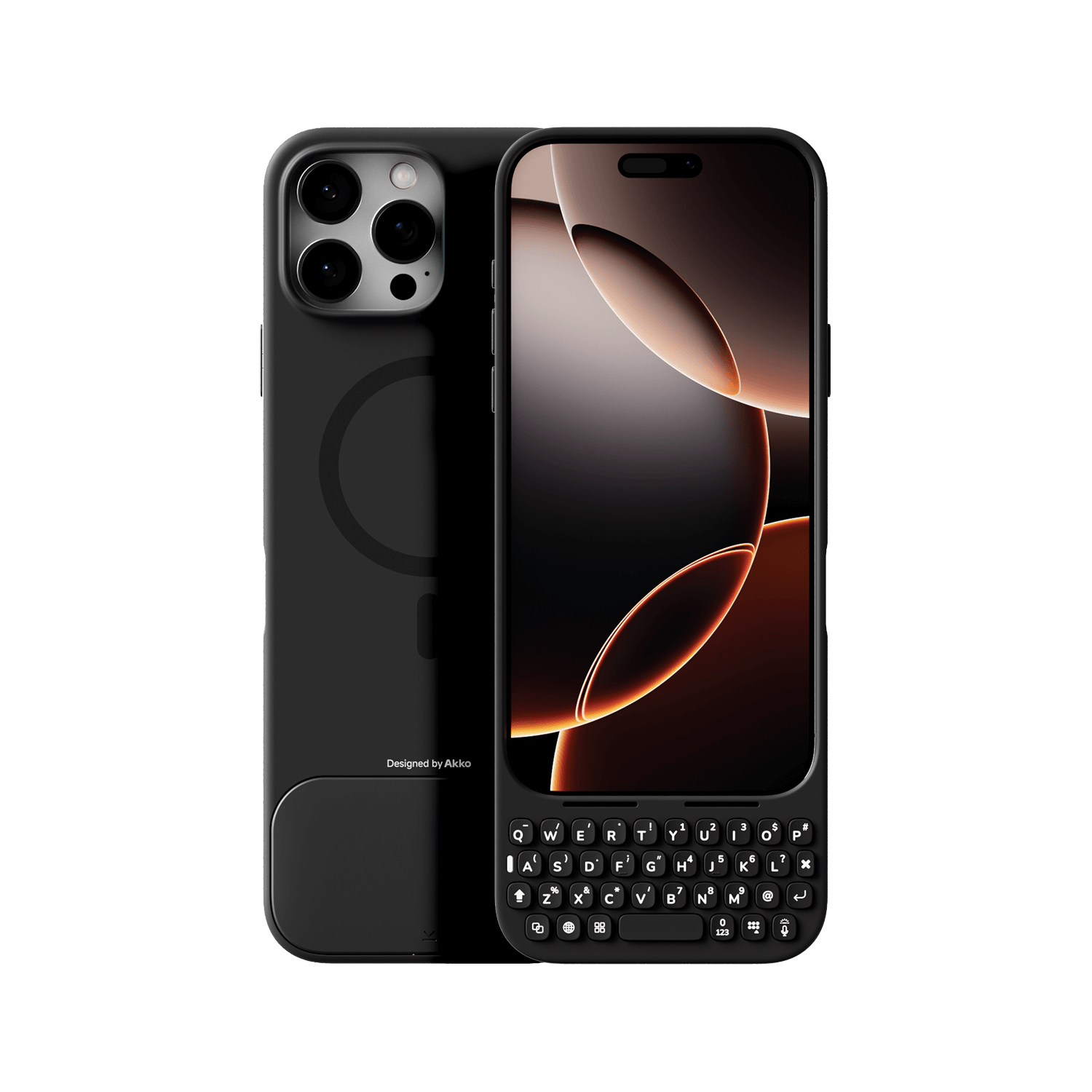

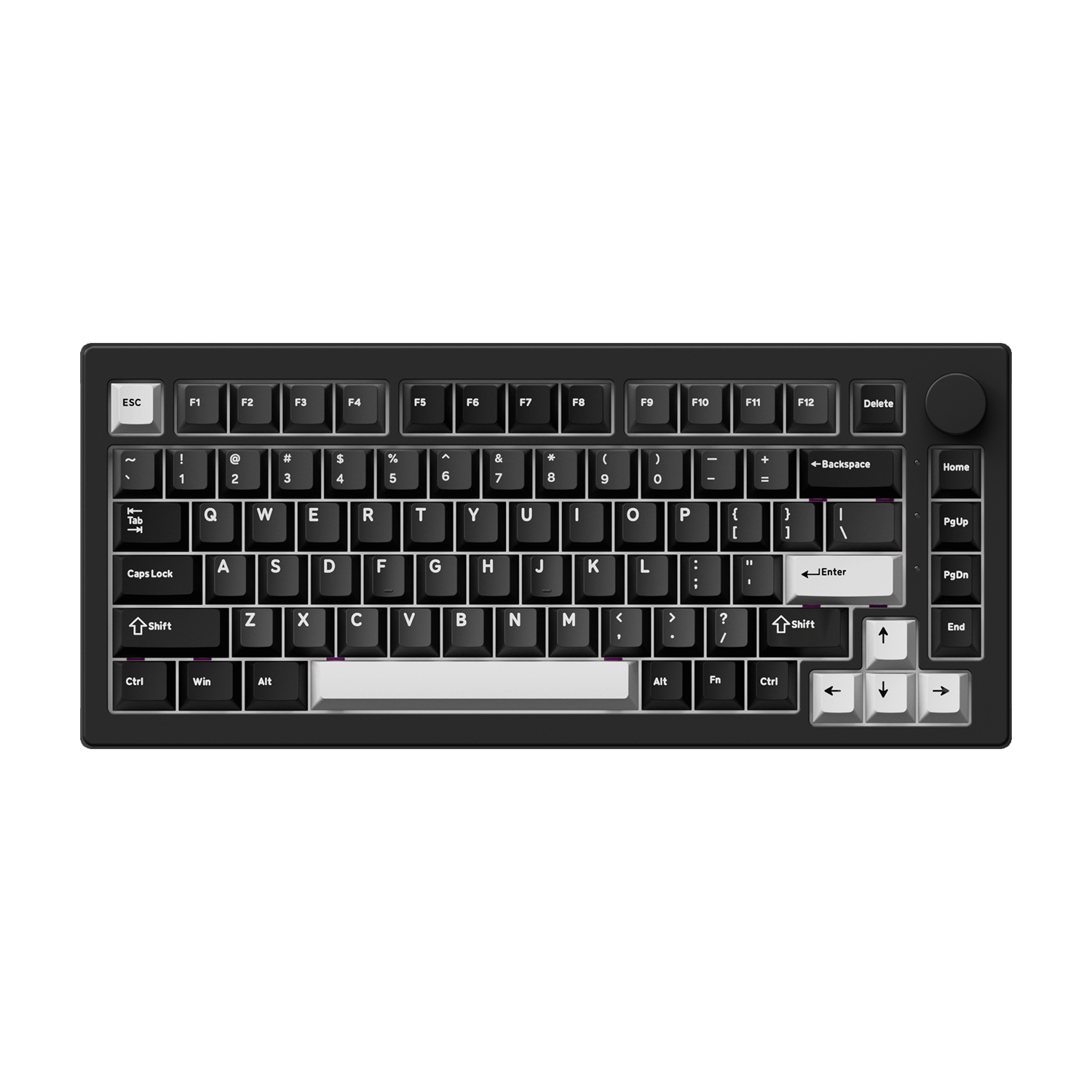
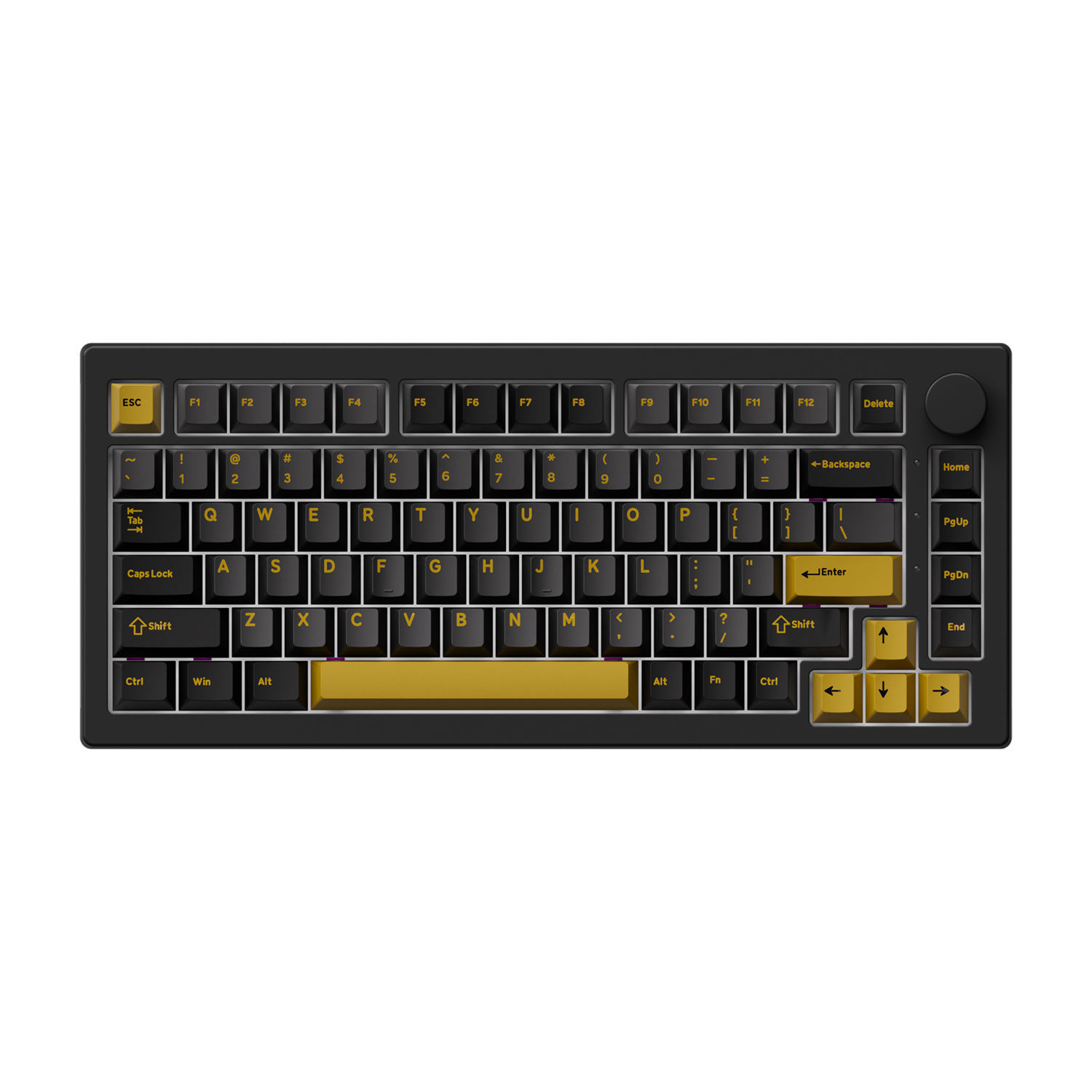
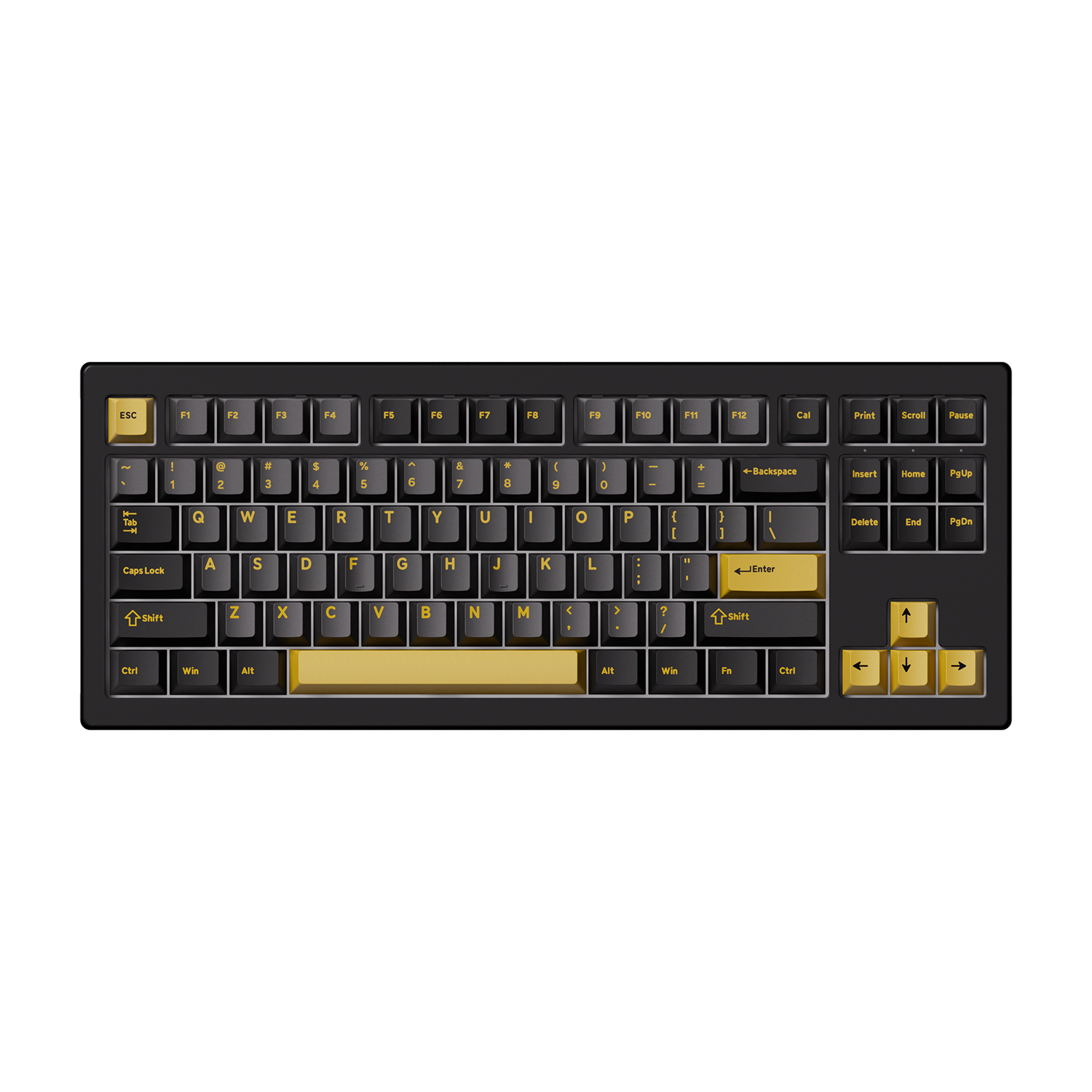
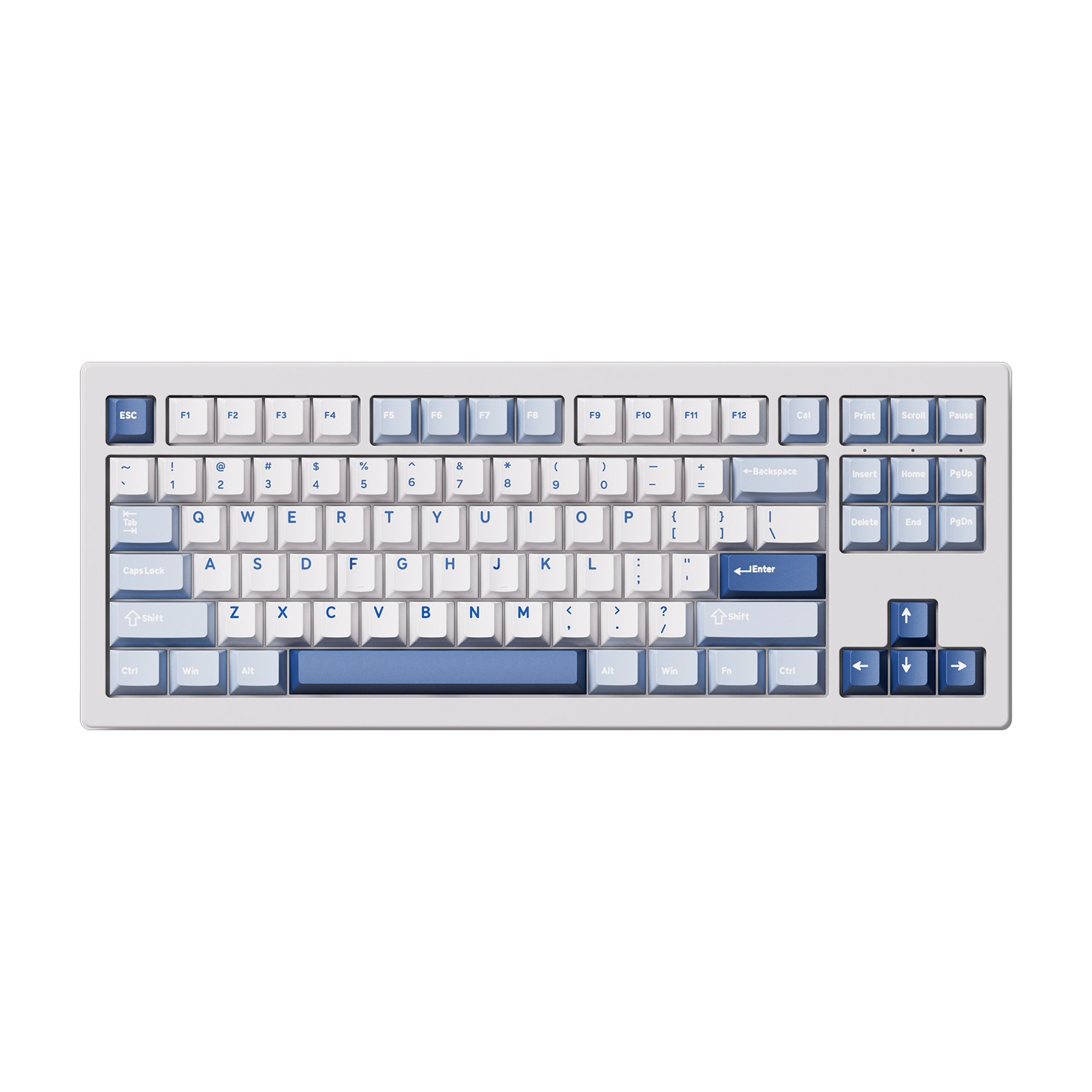
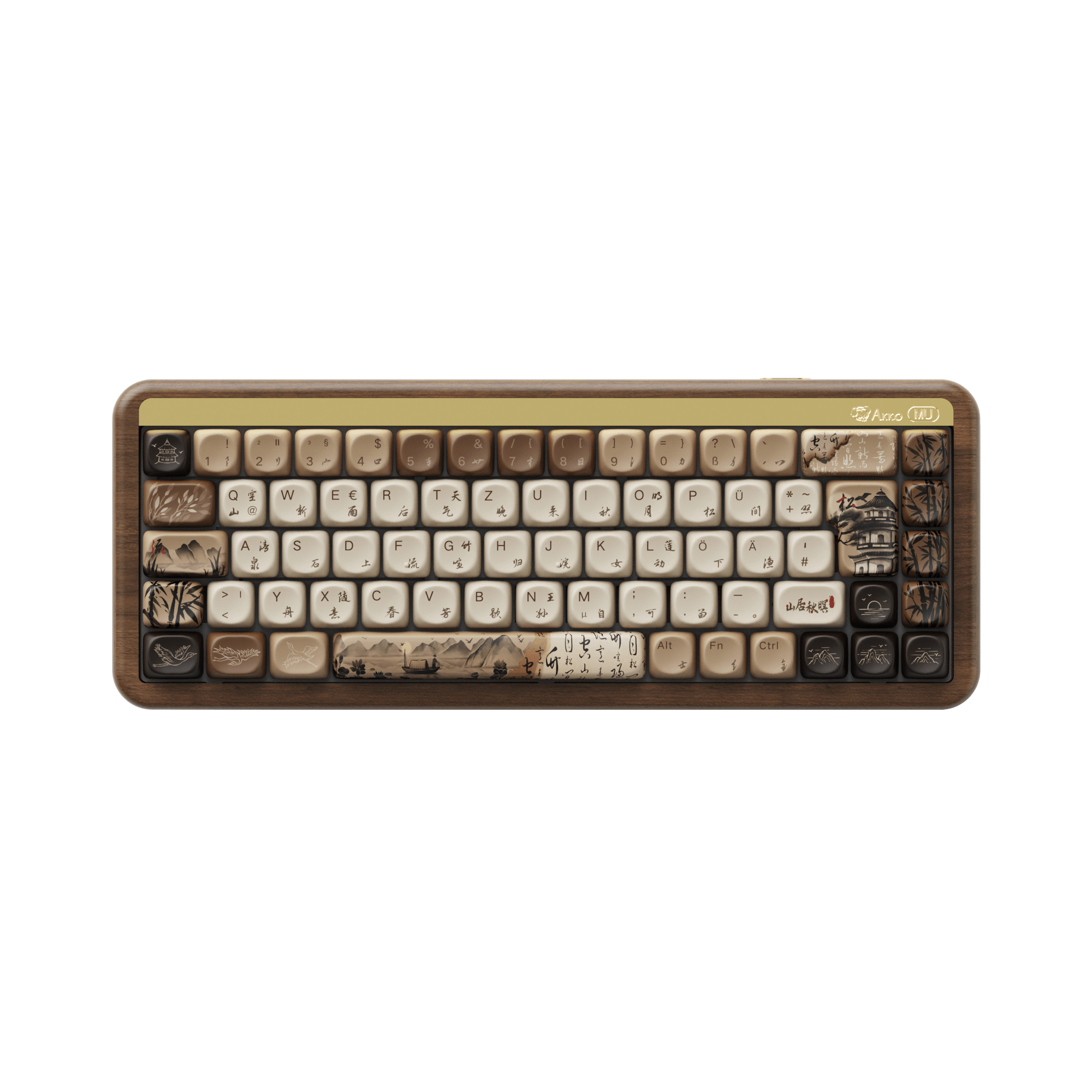

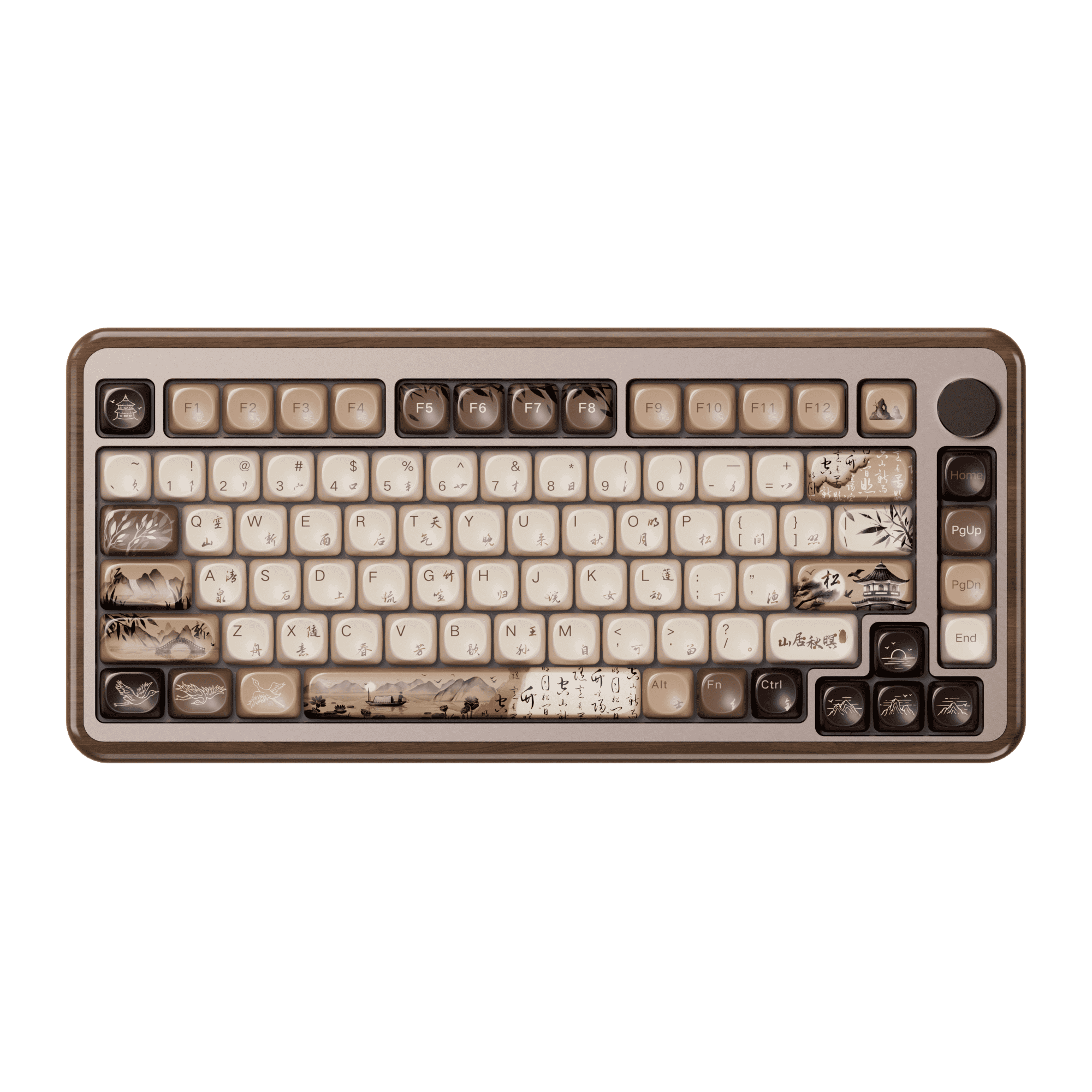


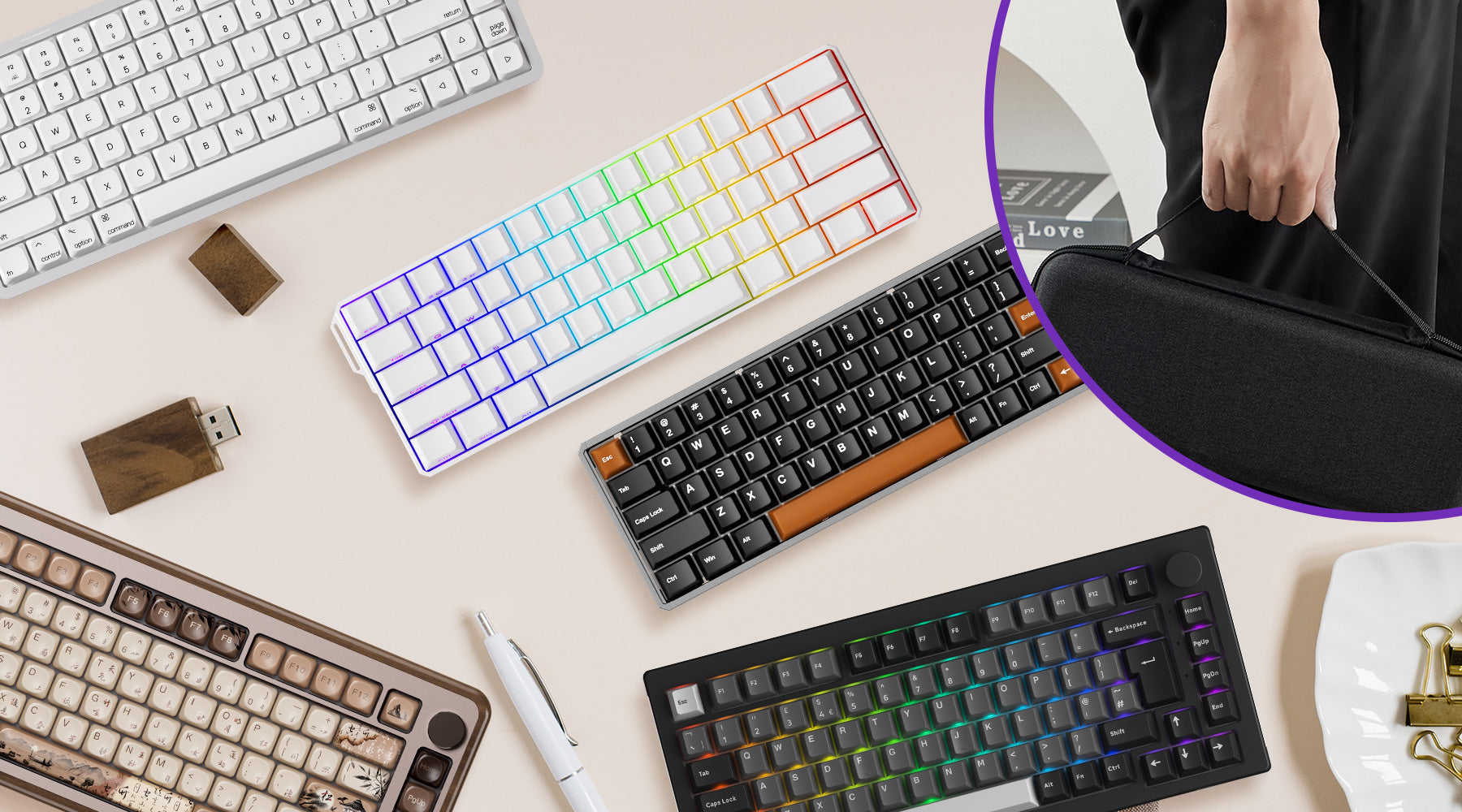

Hinterlasse einen Kommentar
Alle Kommentare werden vor der Veröffentlichung geprüft.
Diese Website ist durch hCaptcha geschützt und es gelten die allgemeinen Geschäftsbedingungen und Datenschutzbestimmungen von hCaptcha.